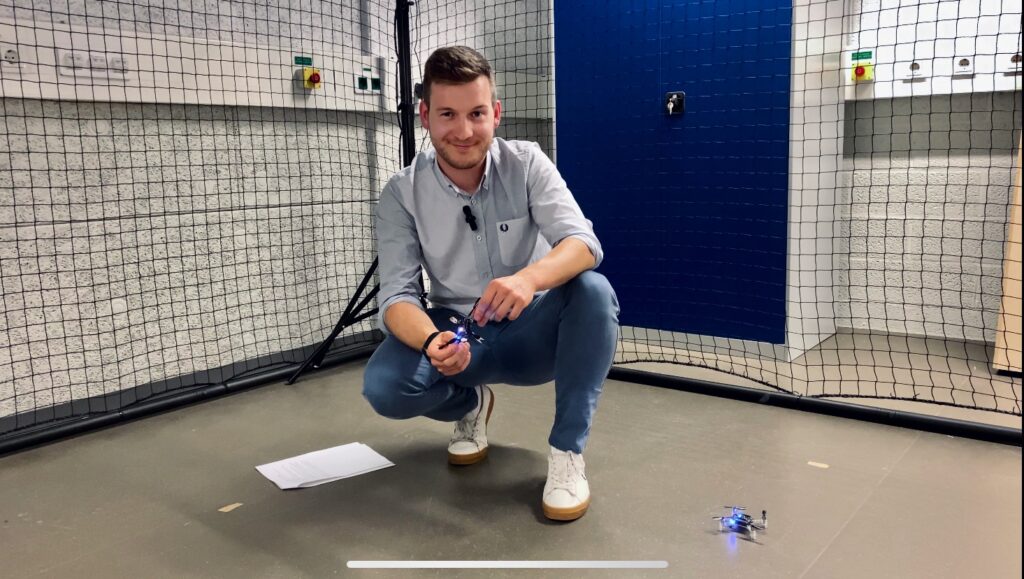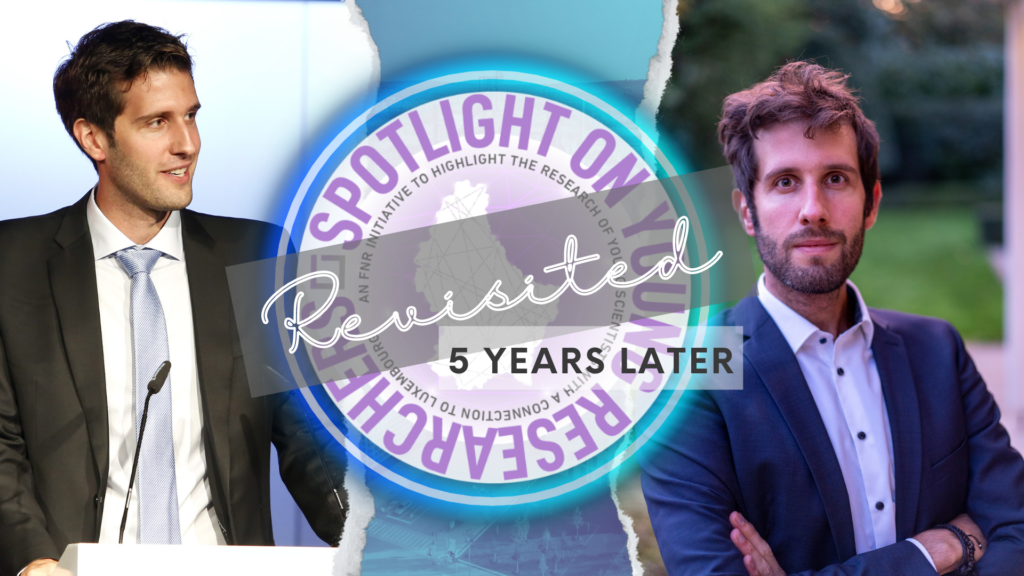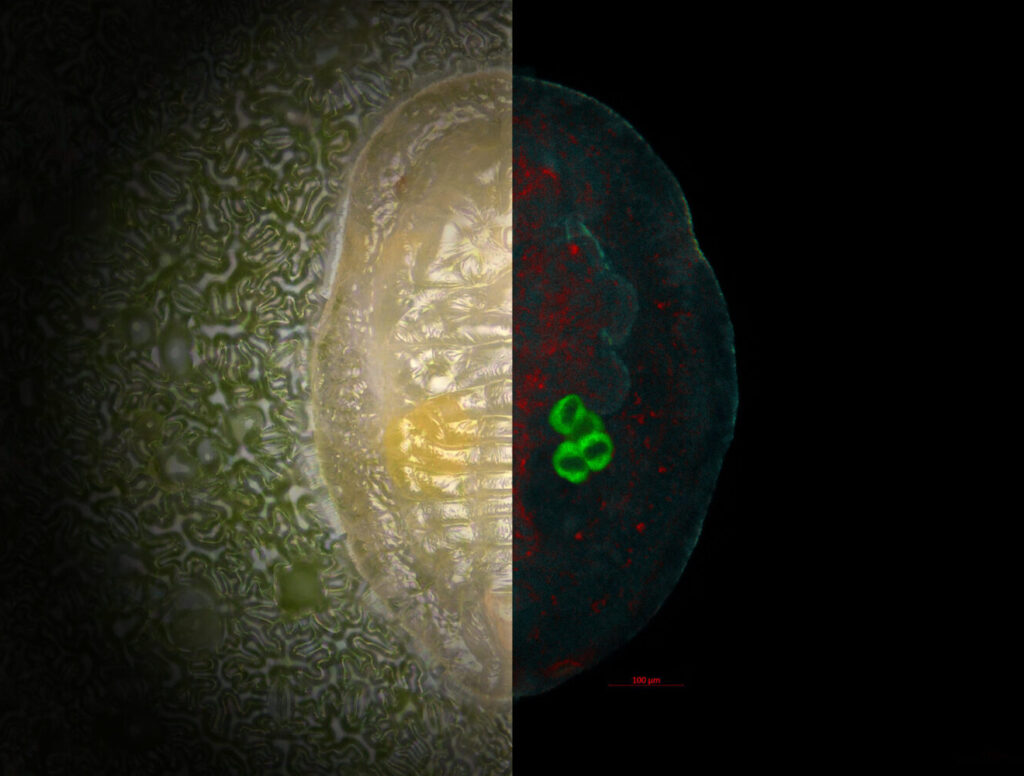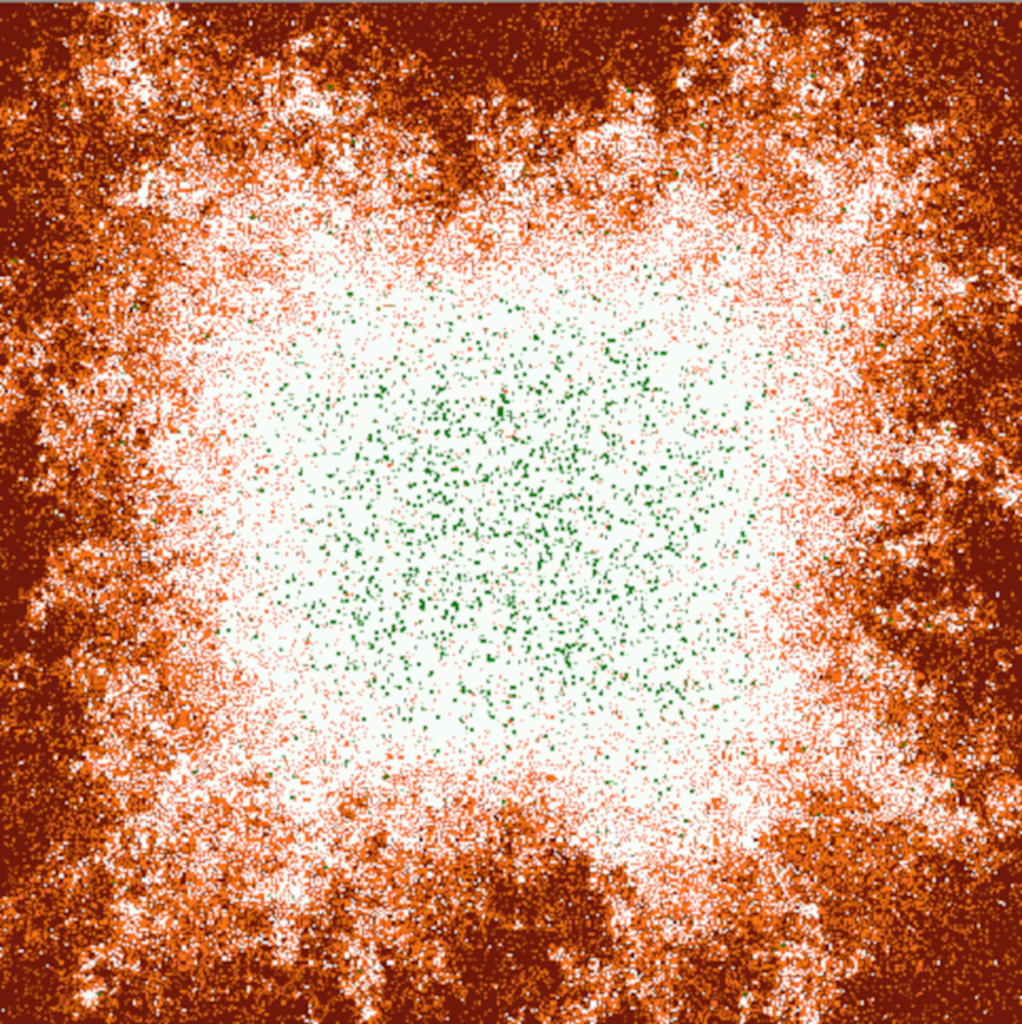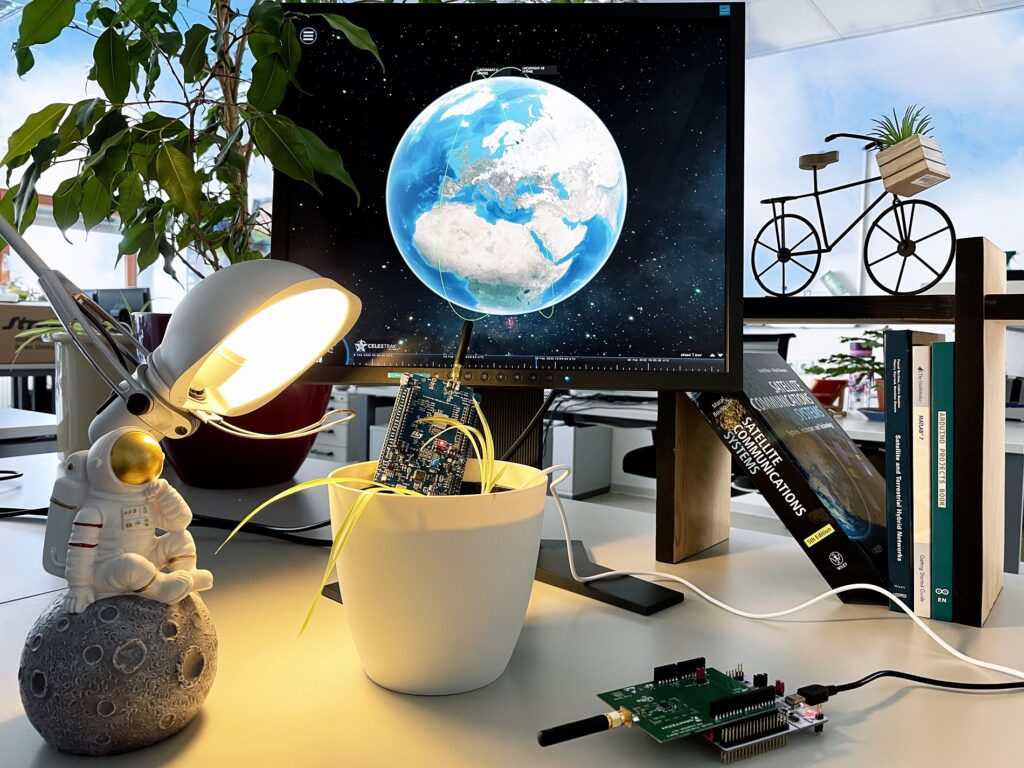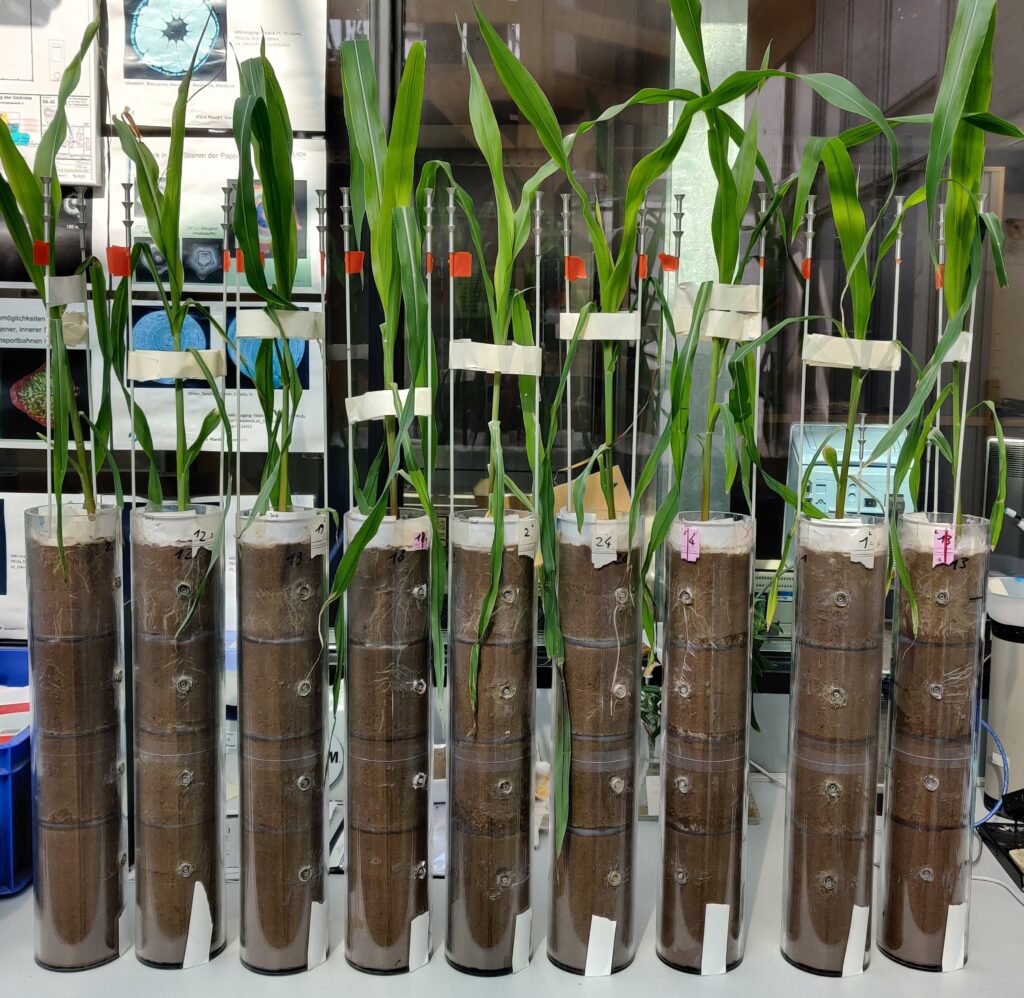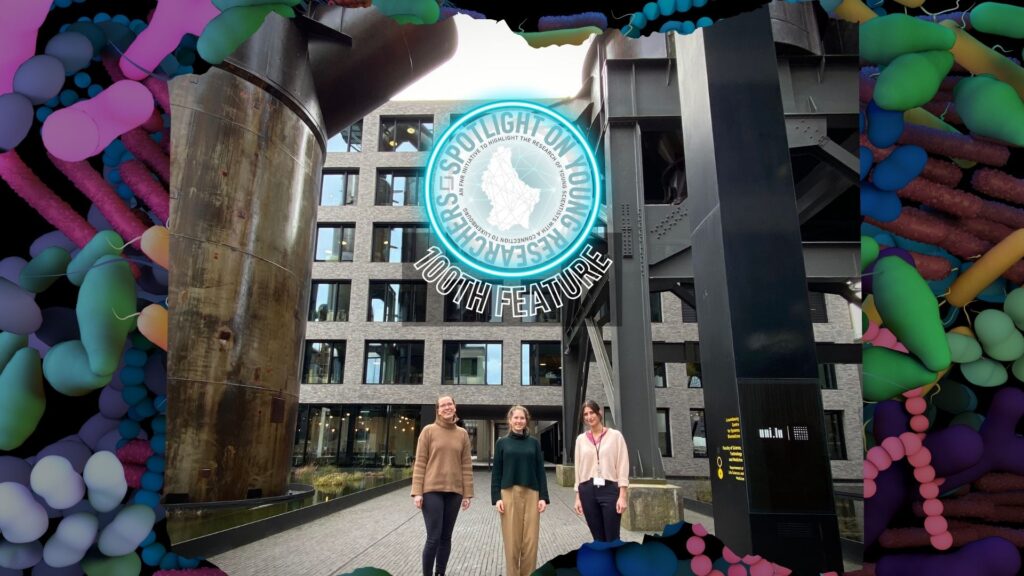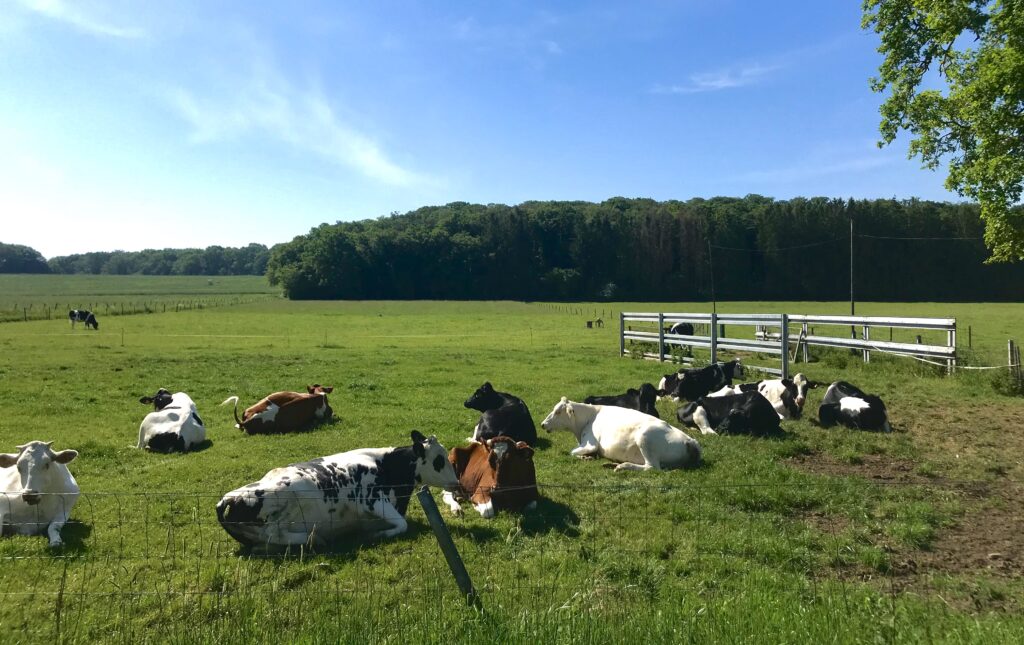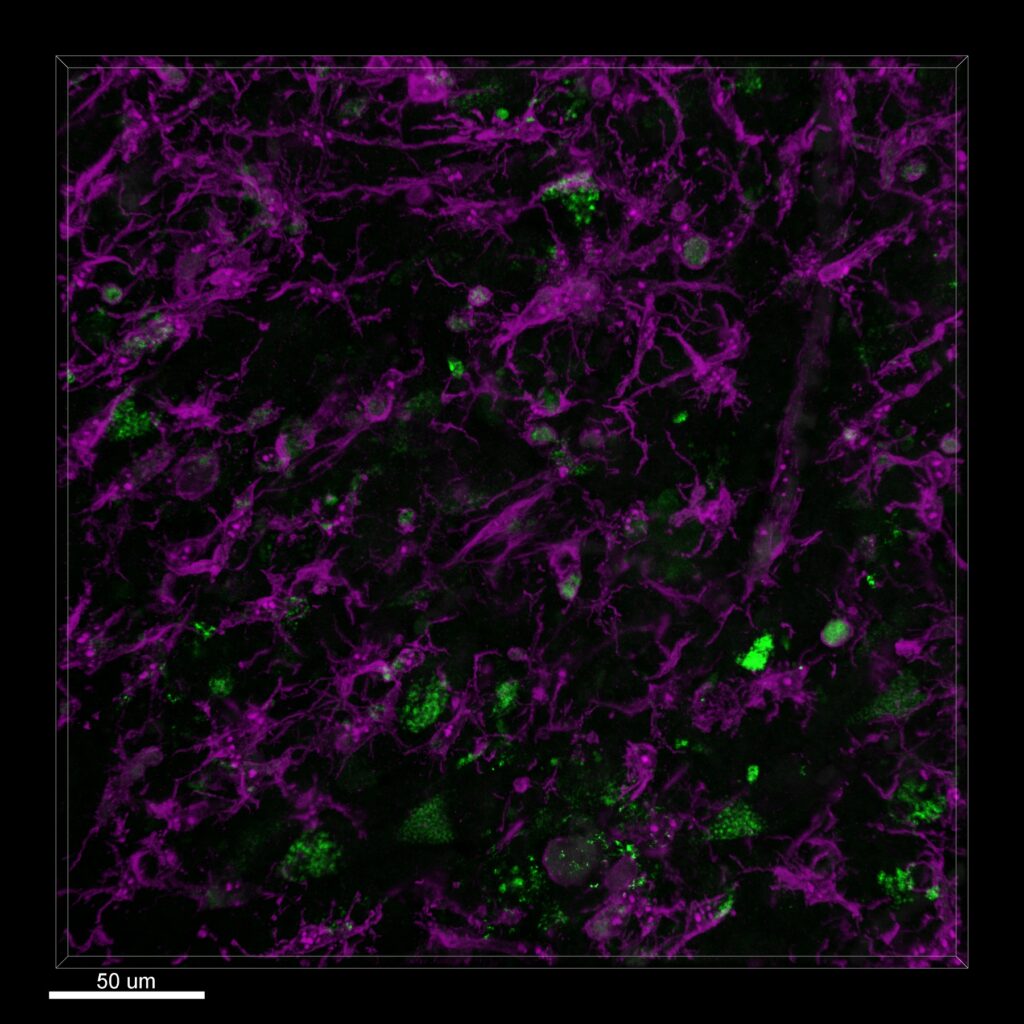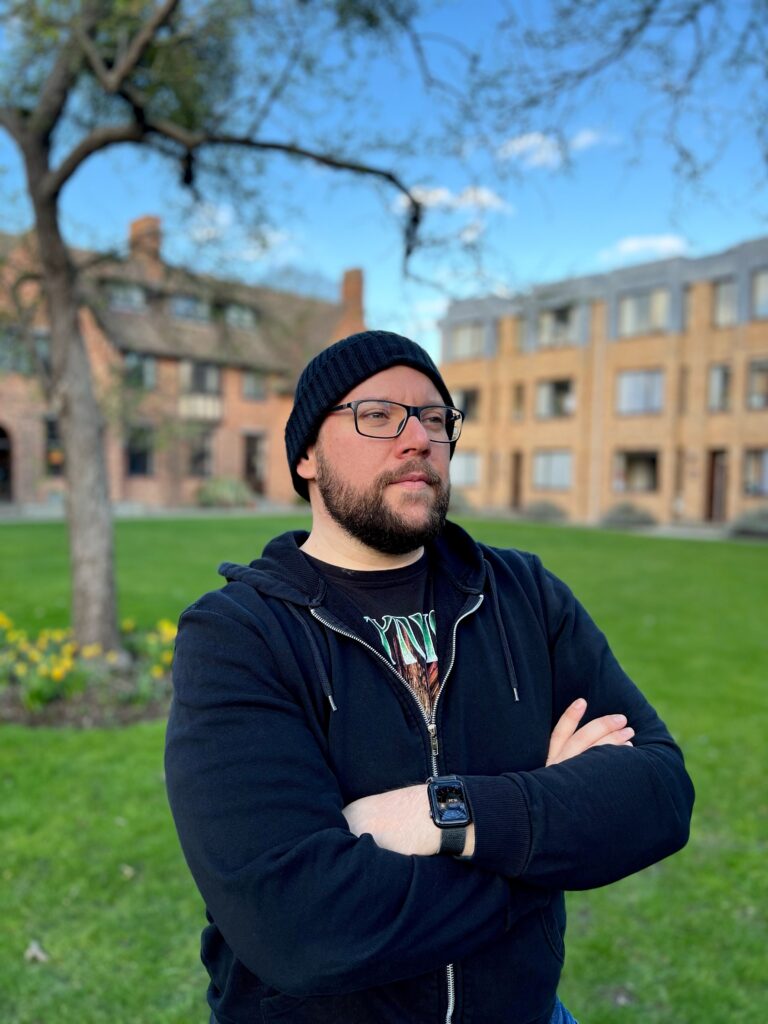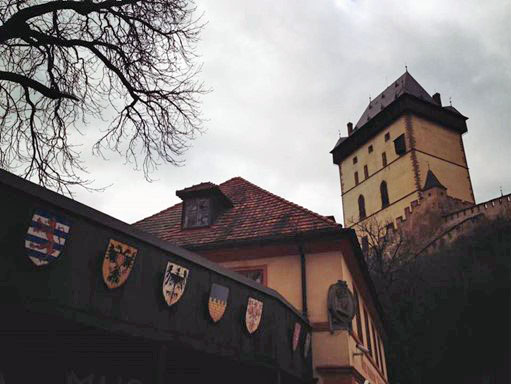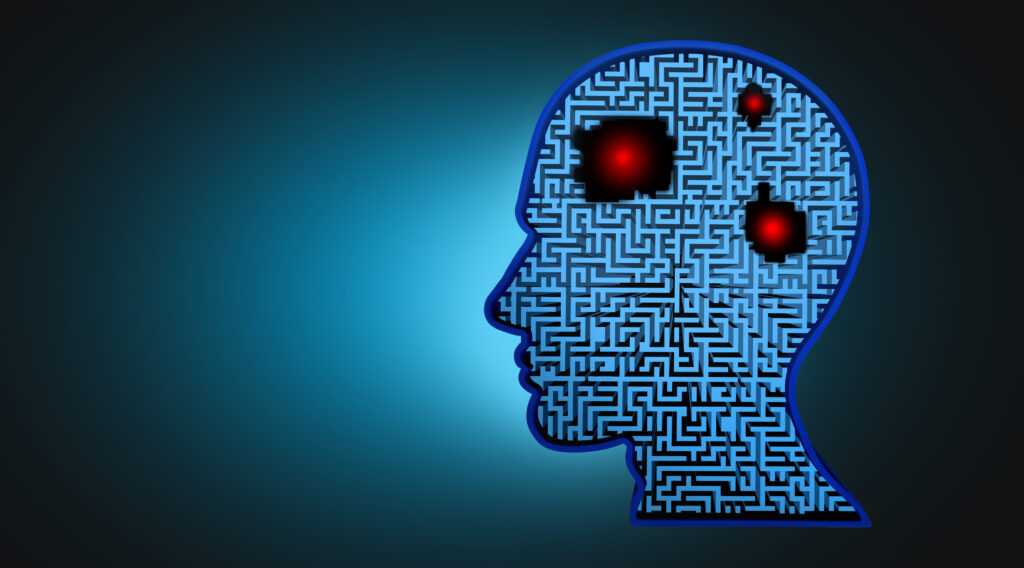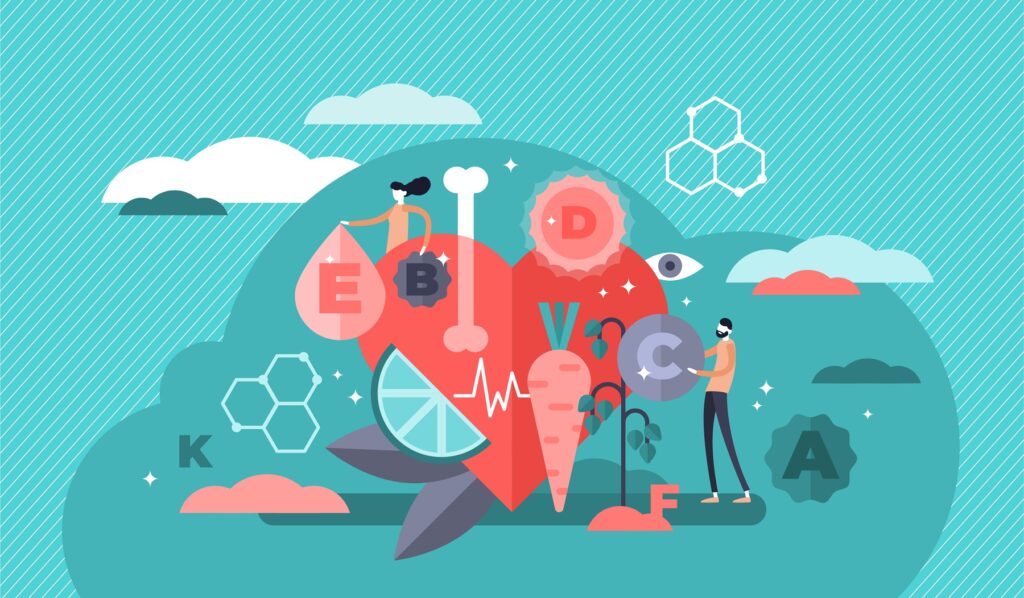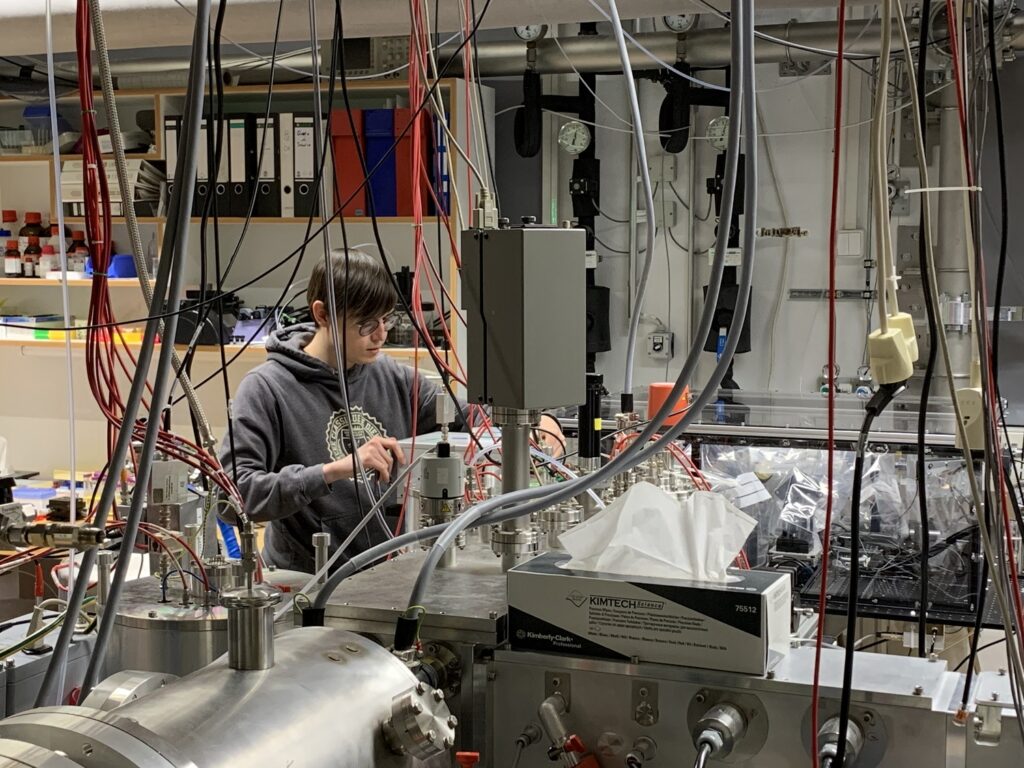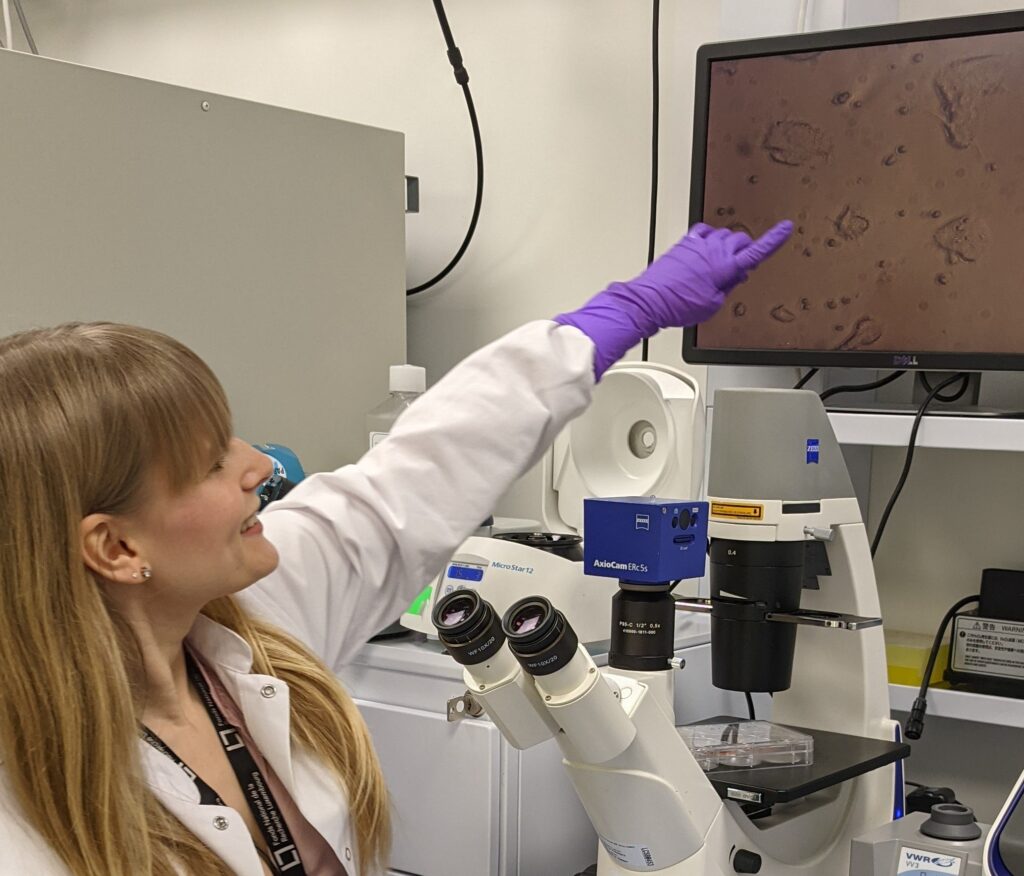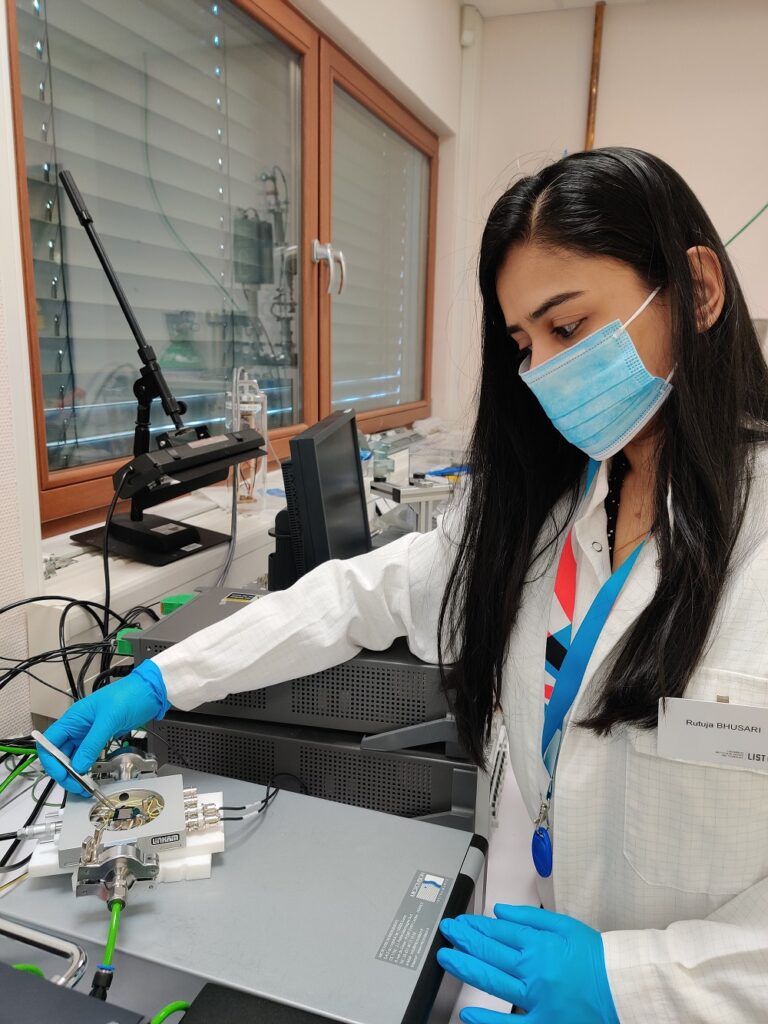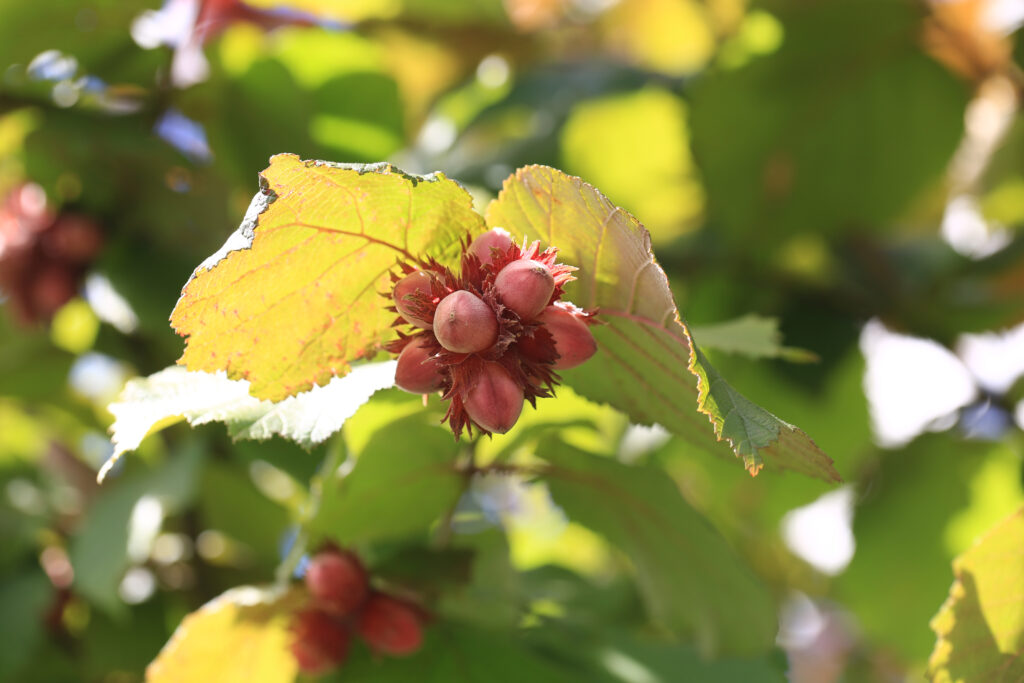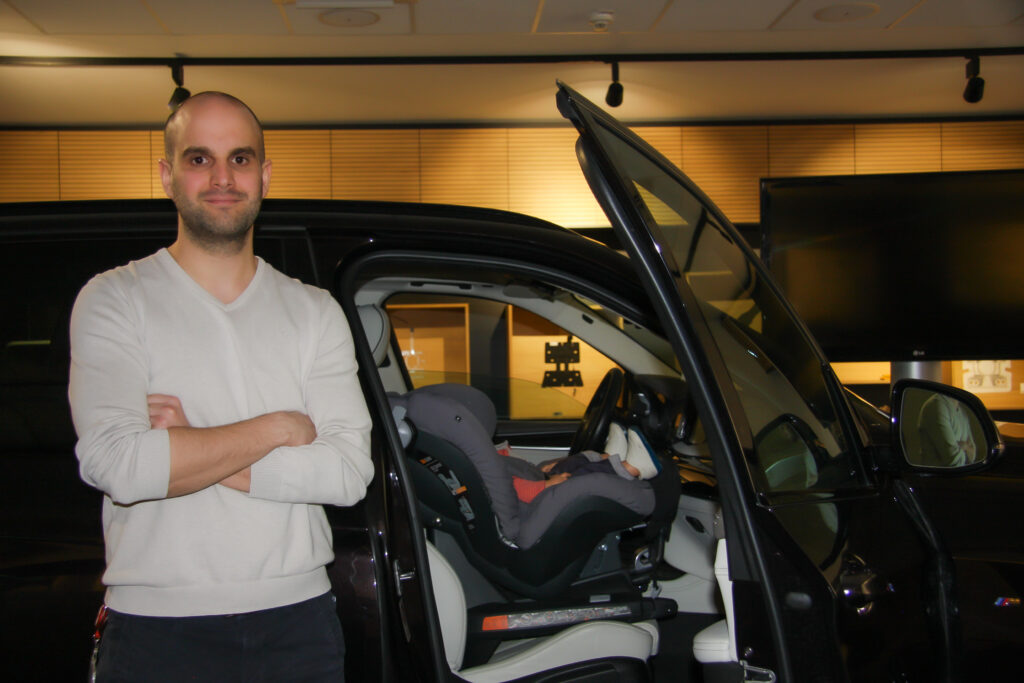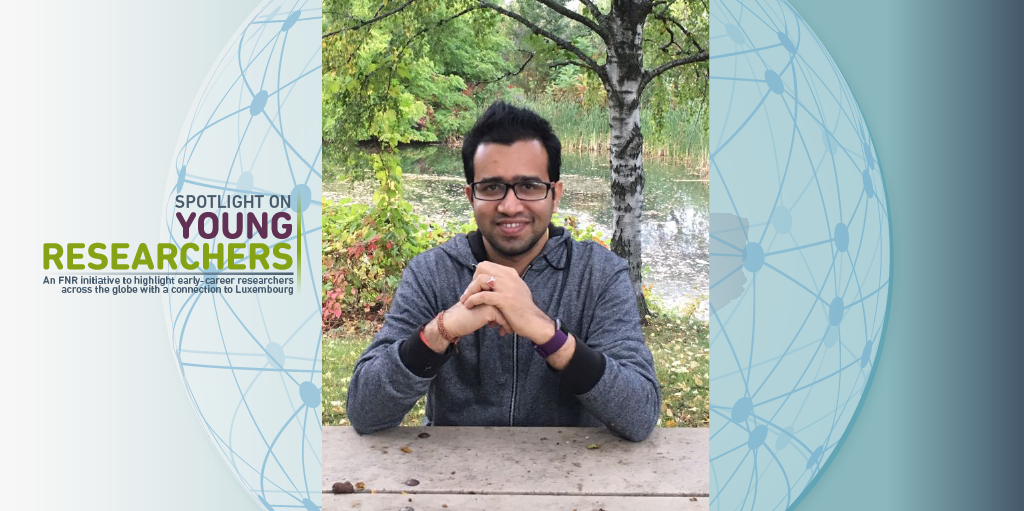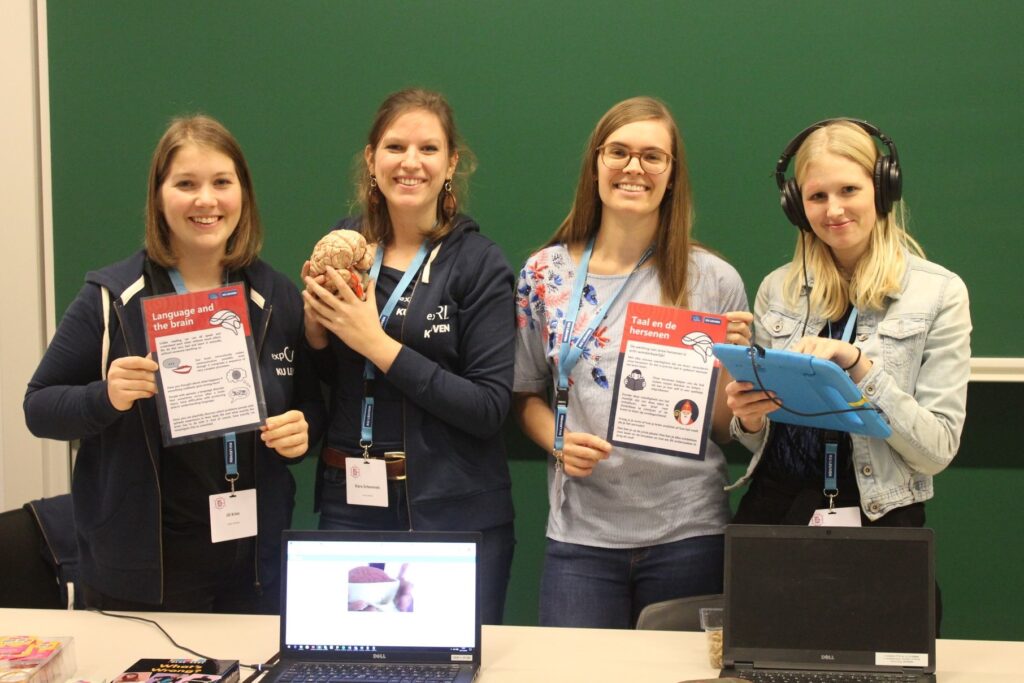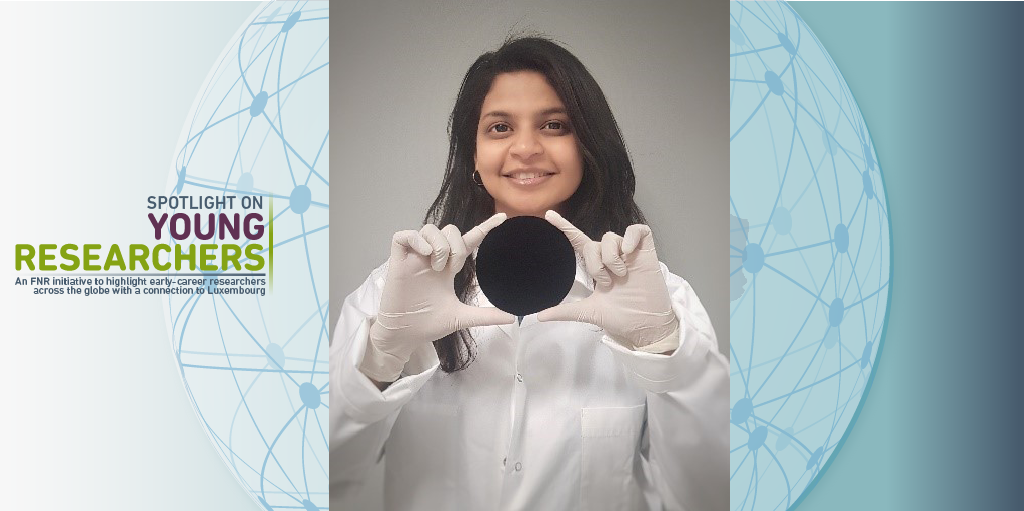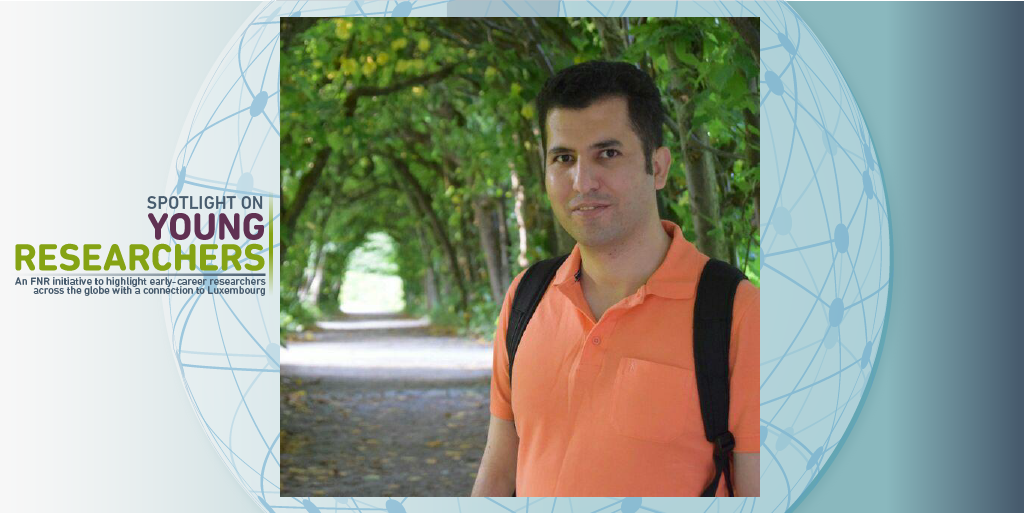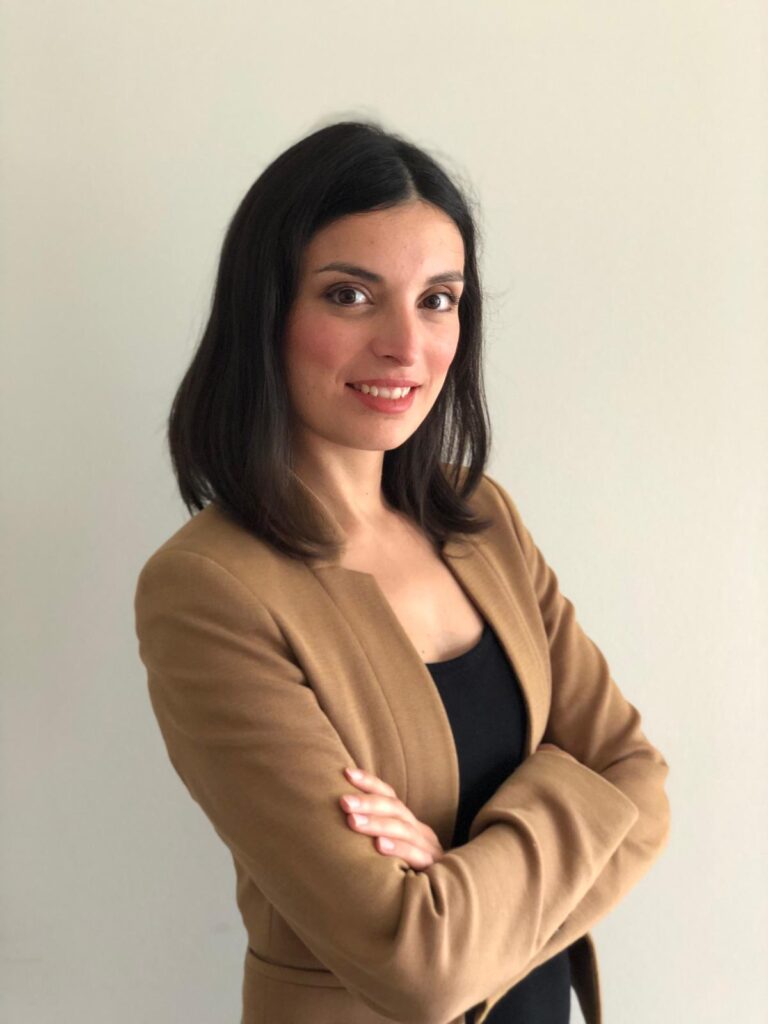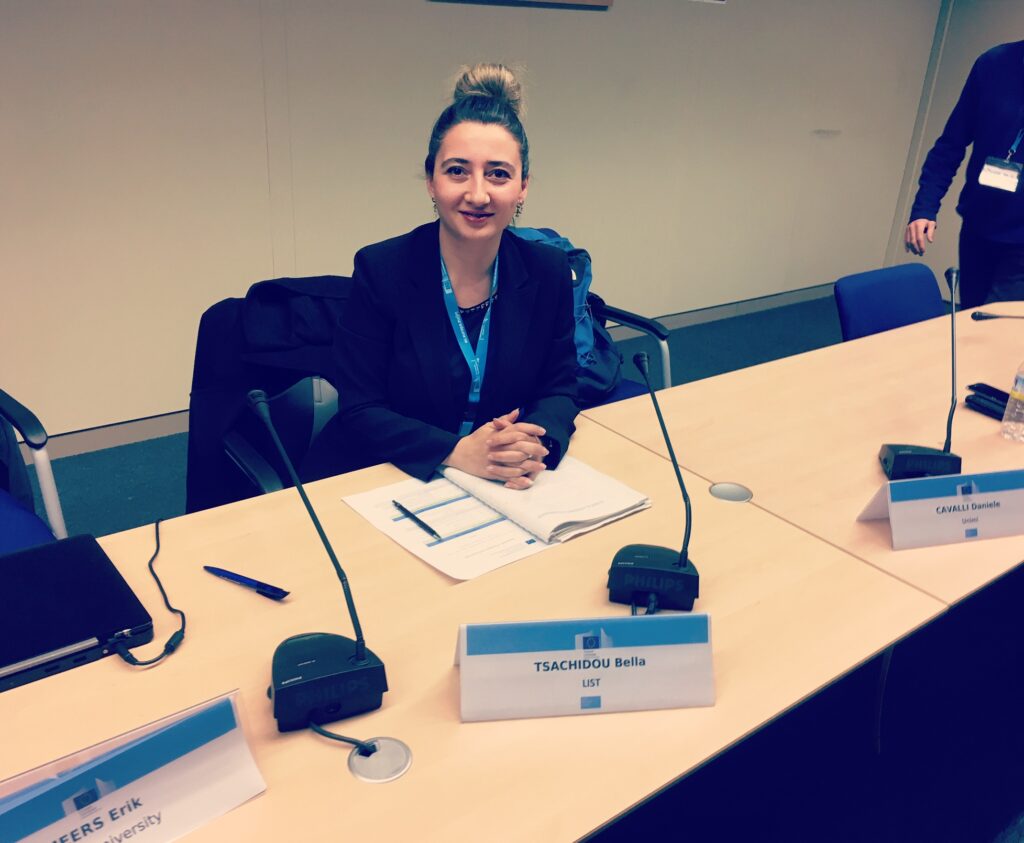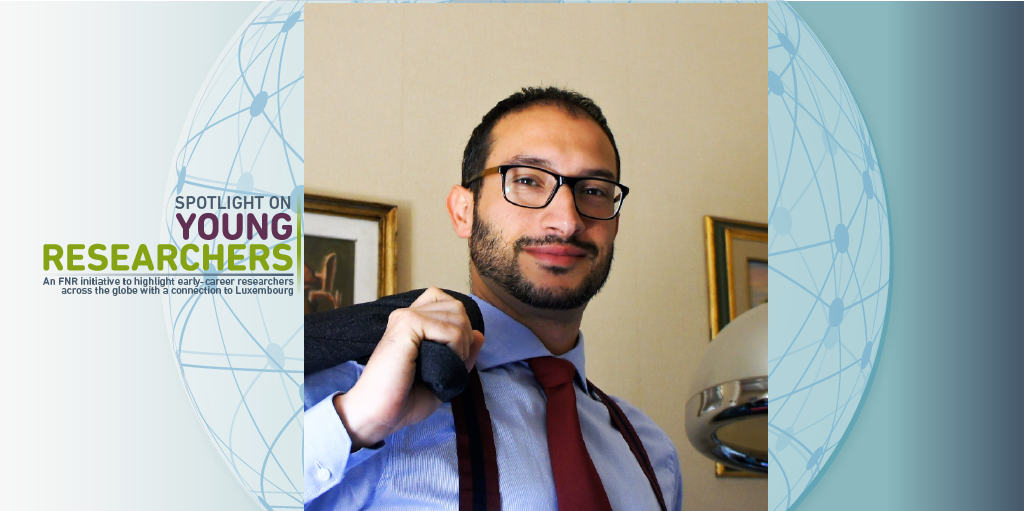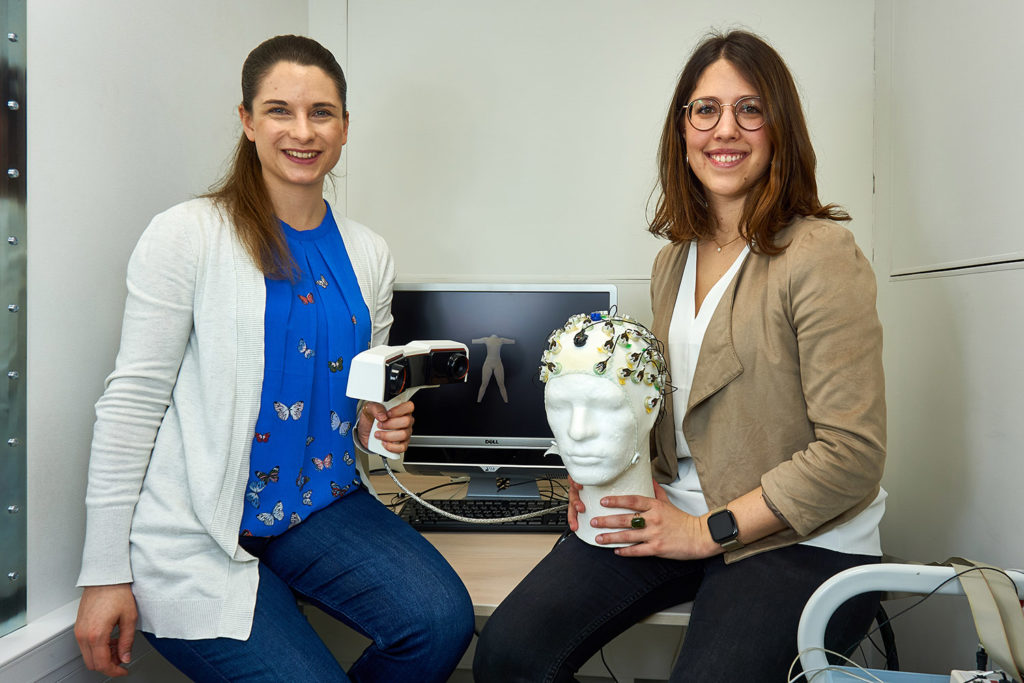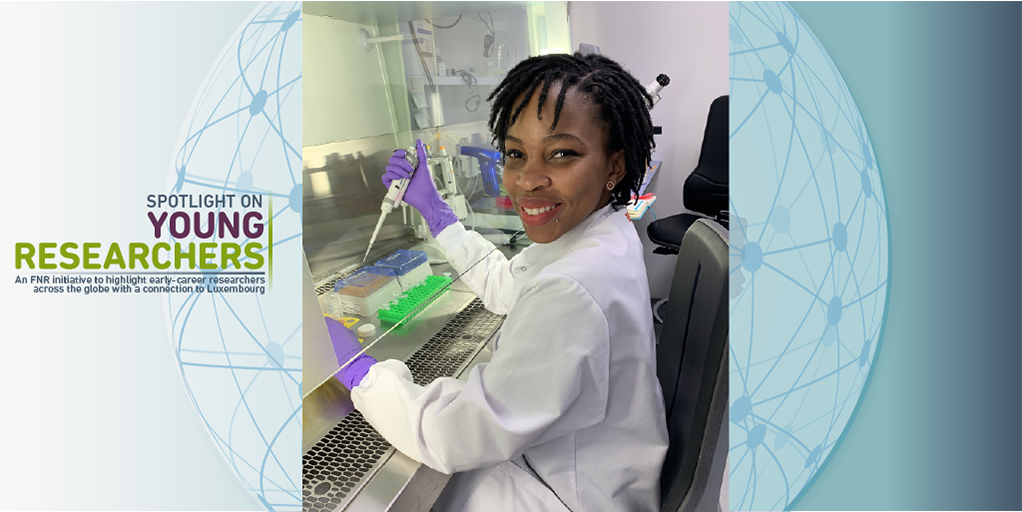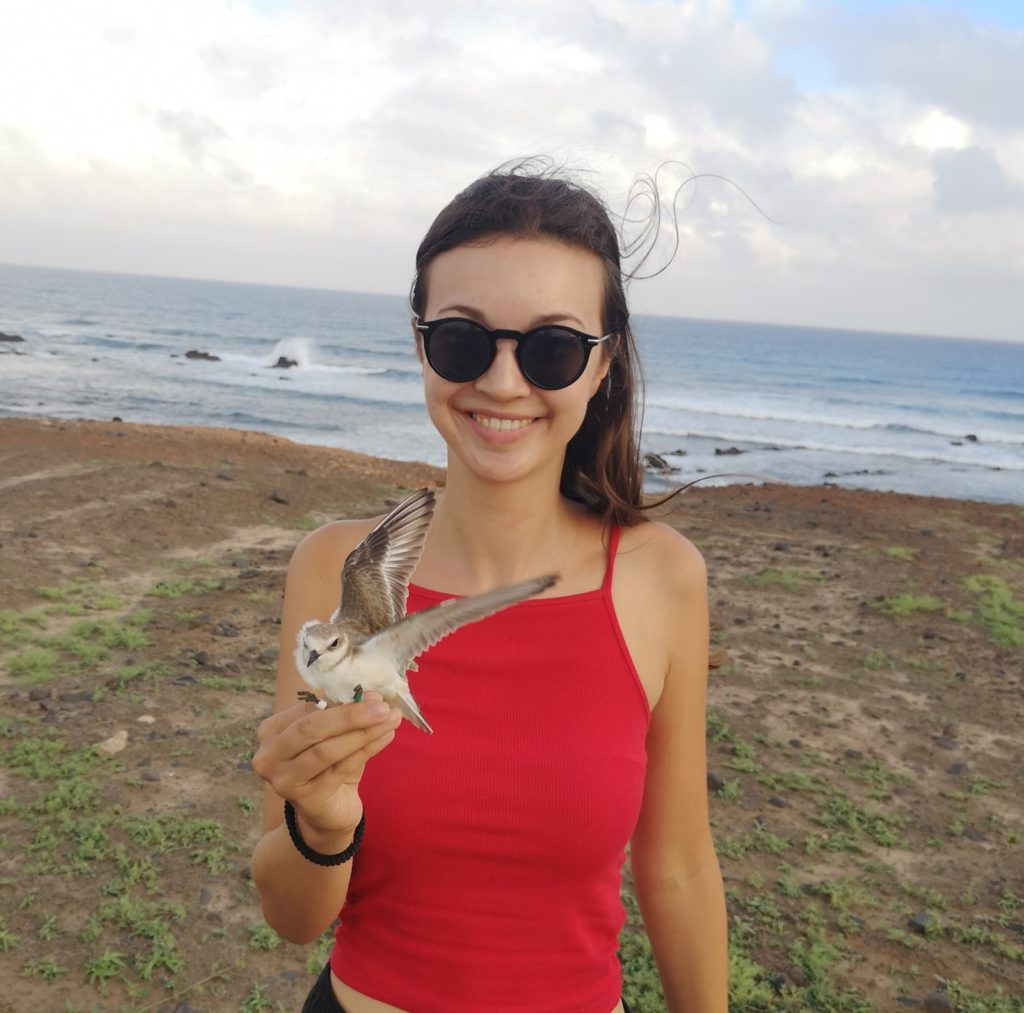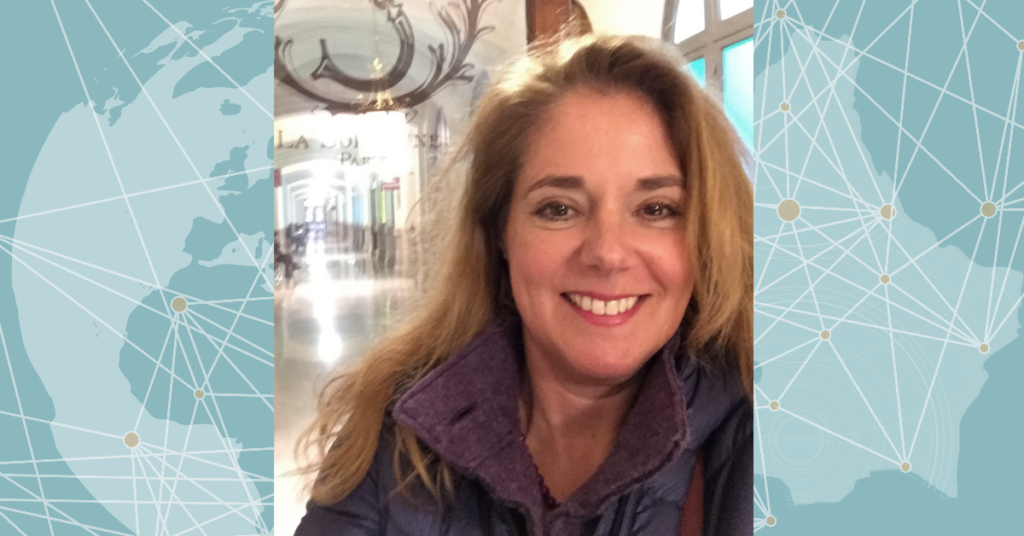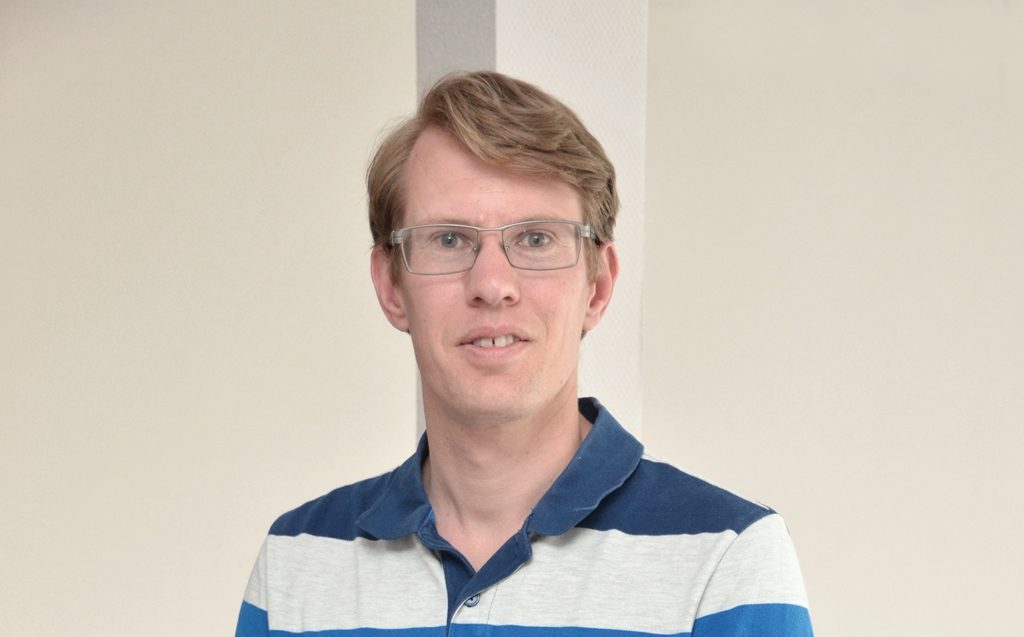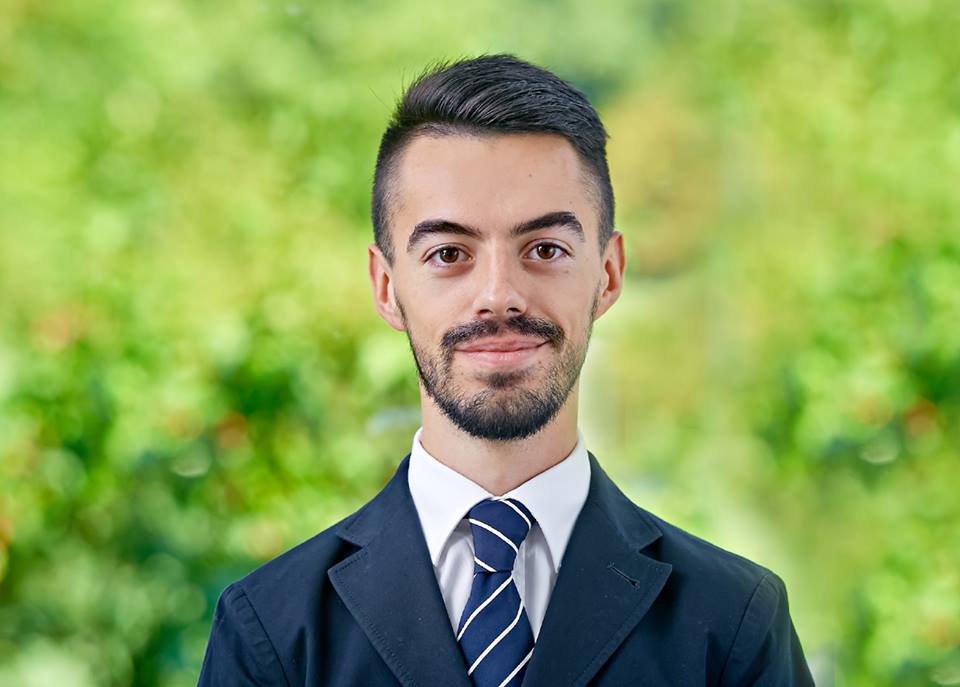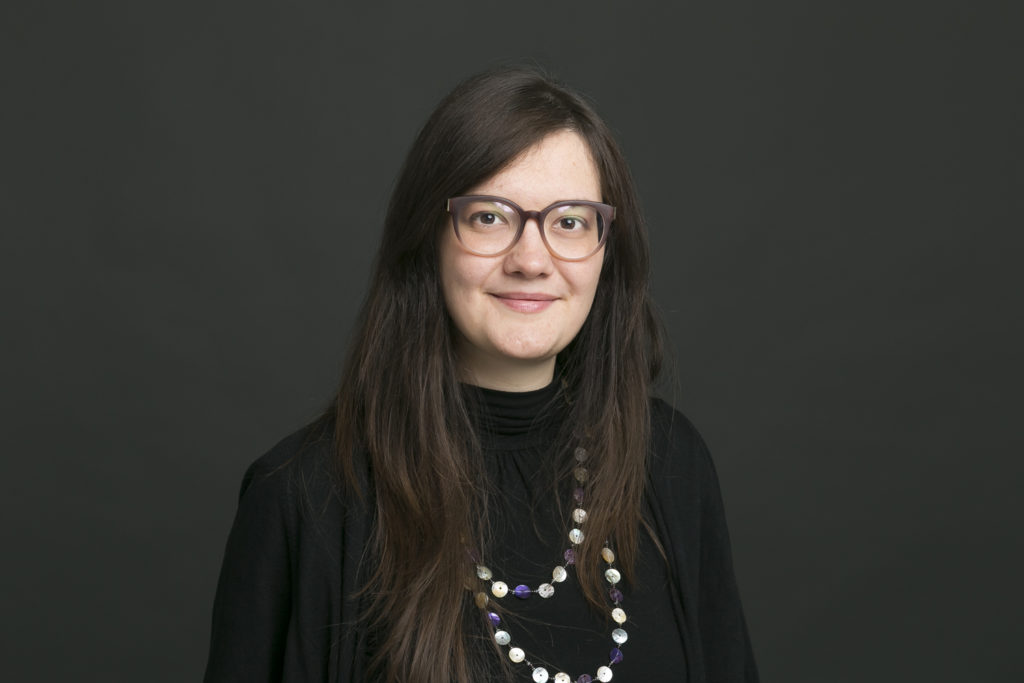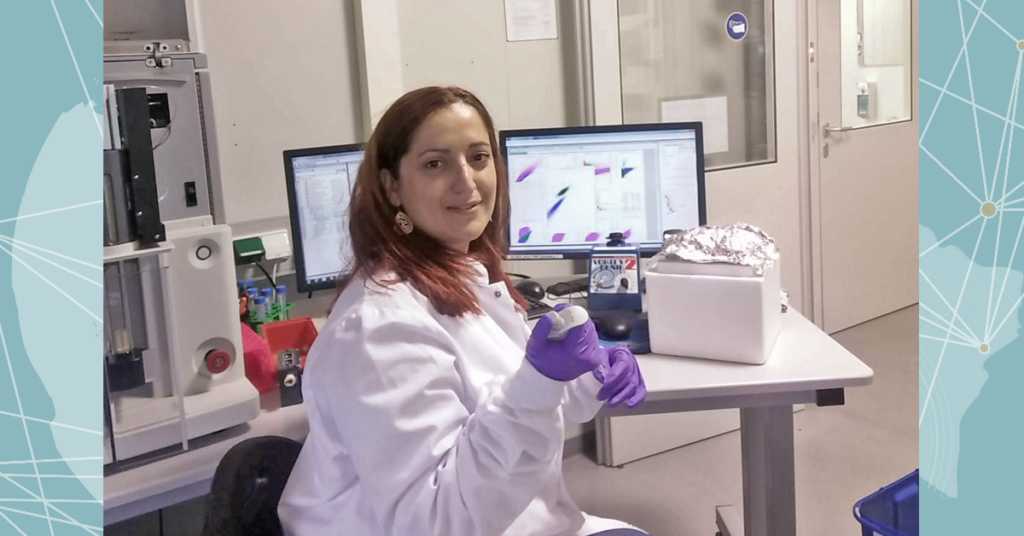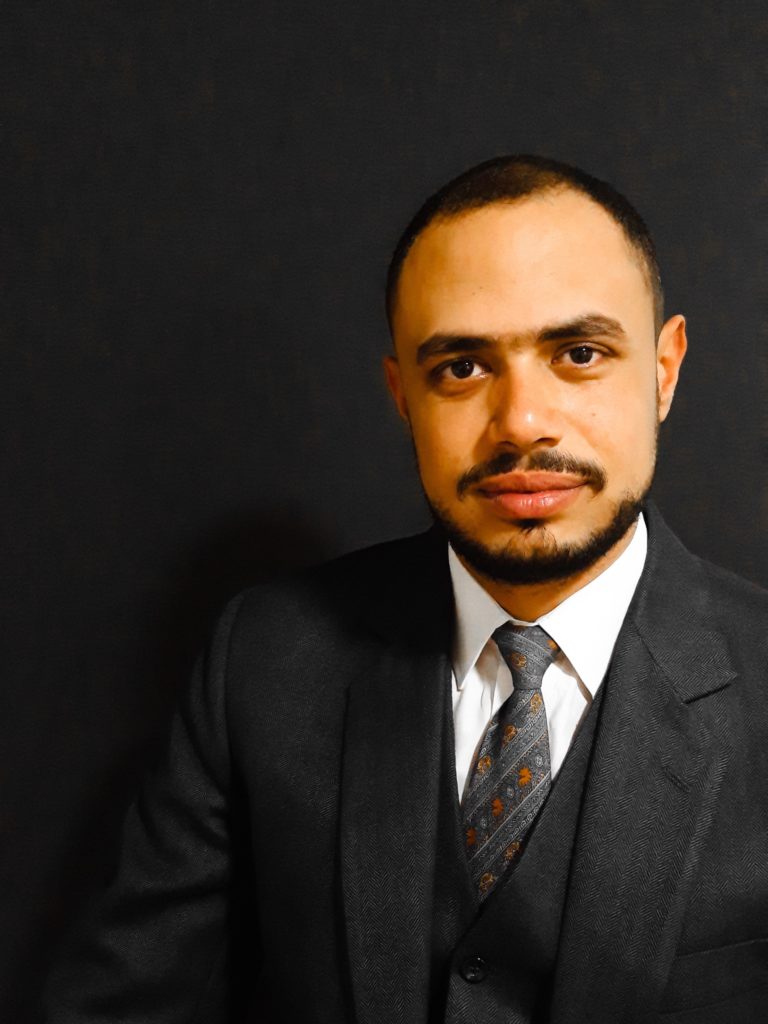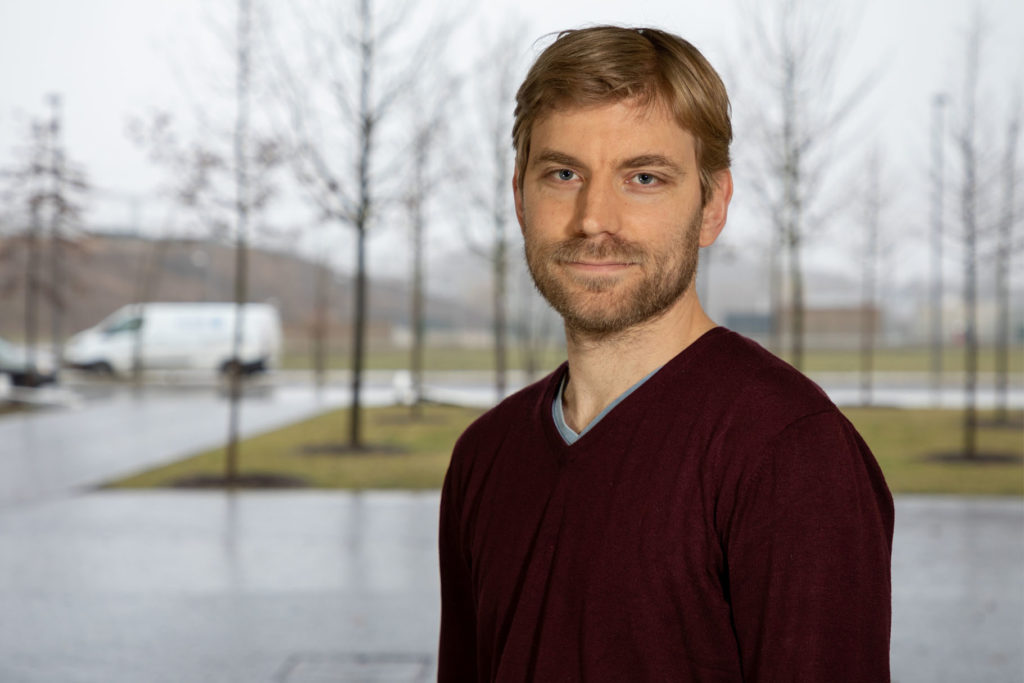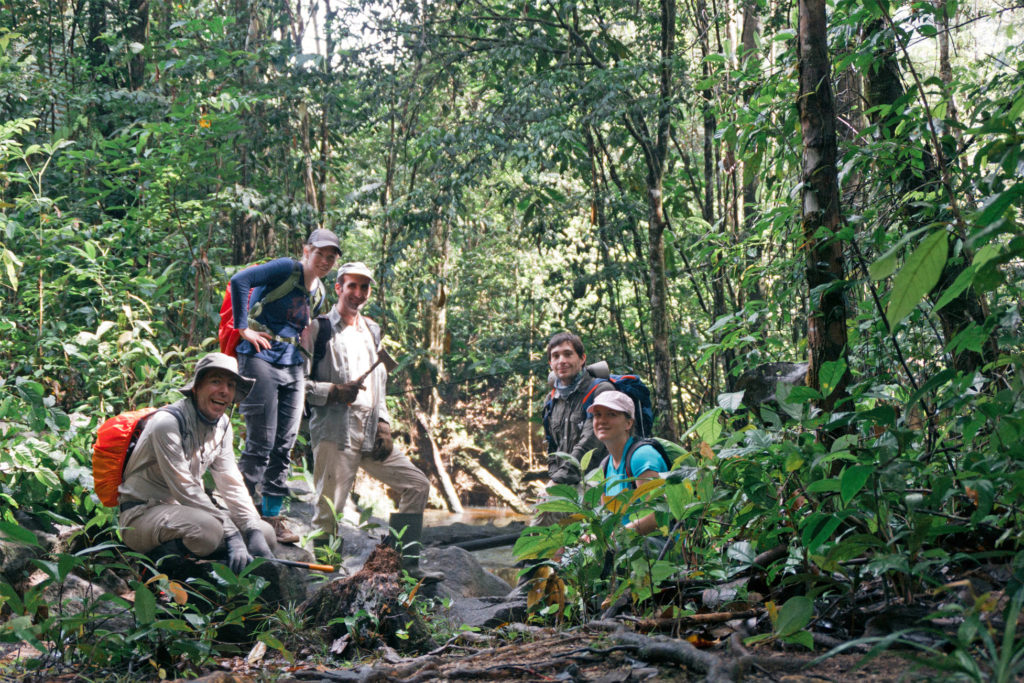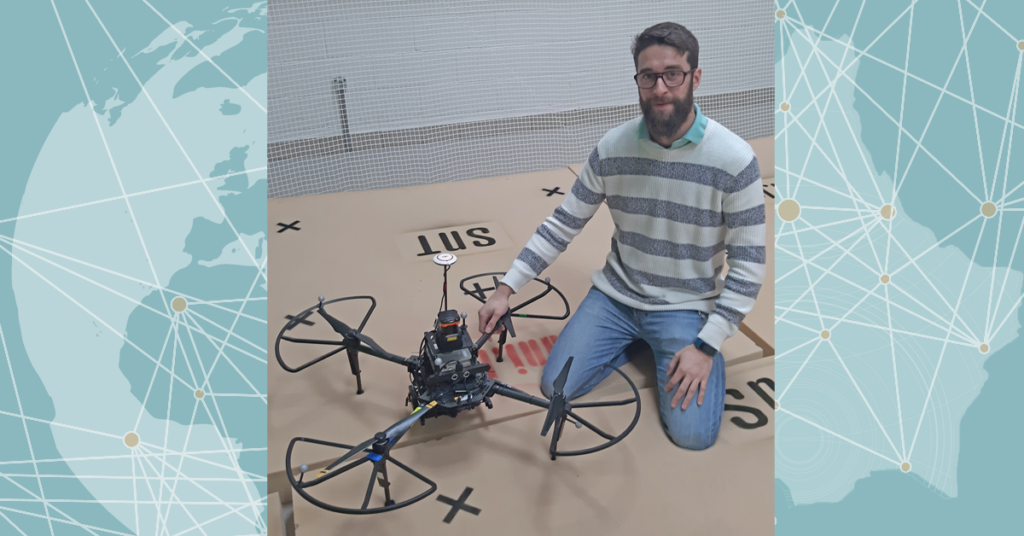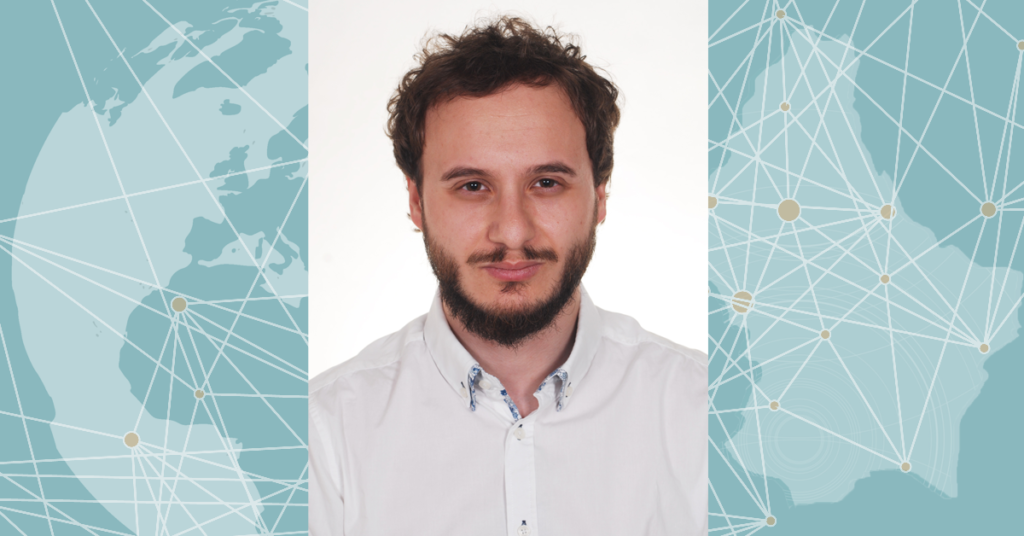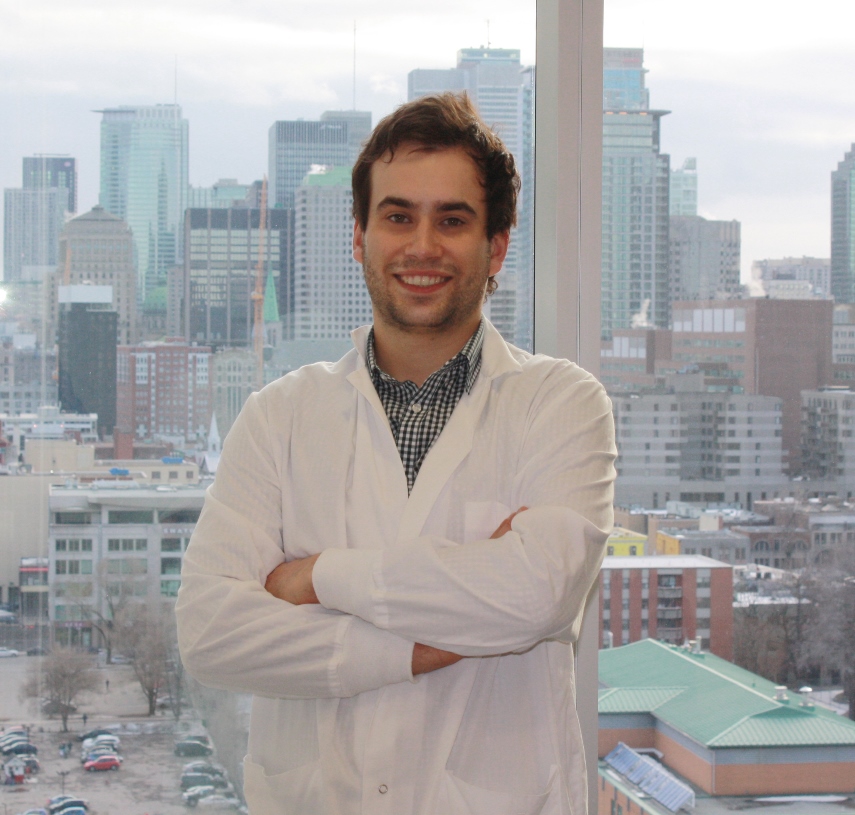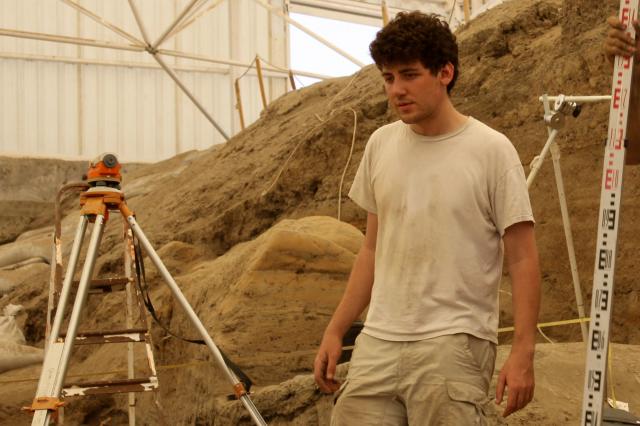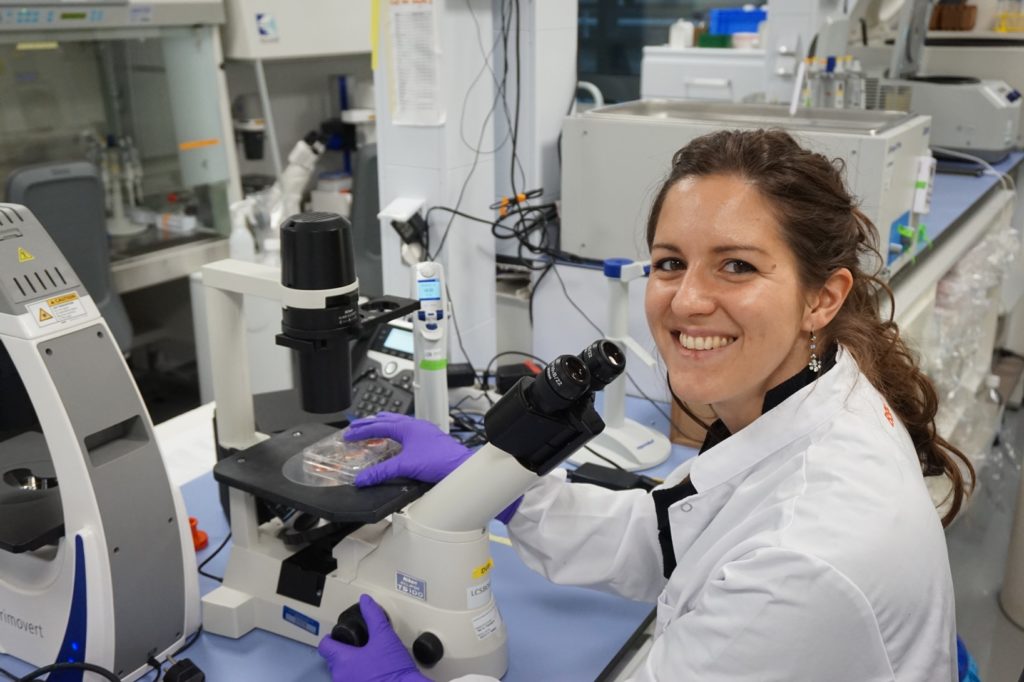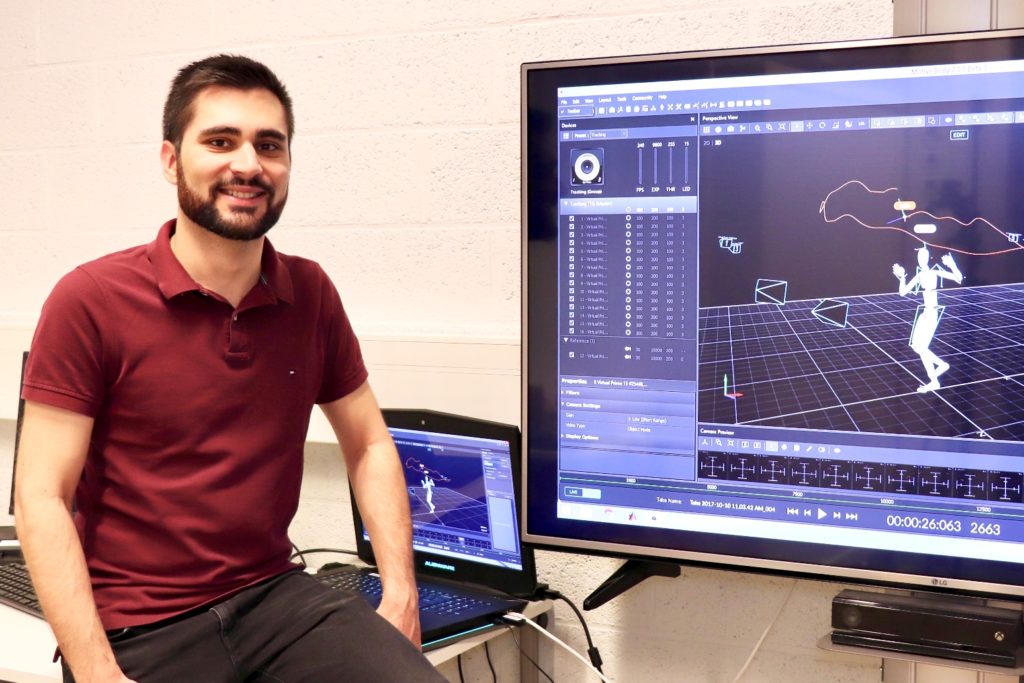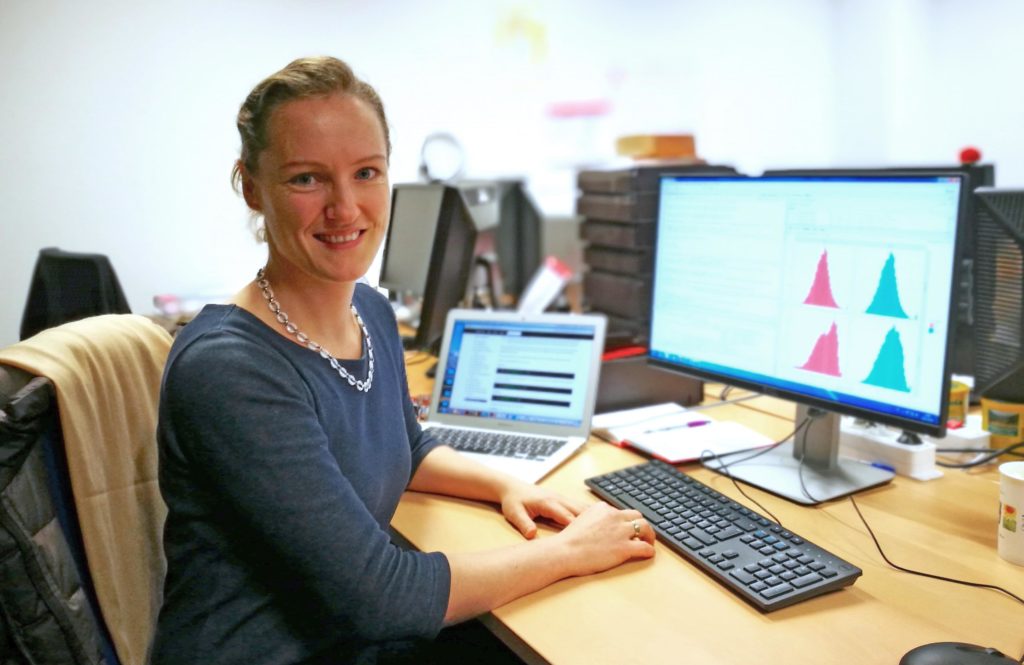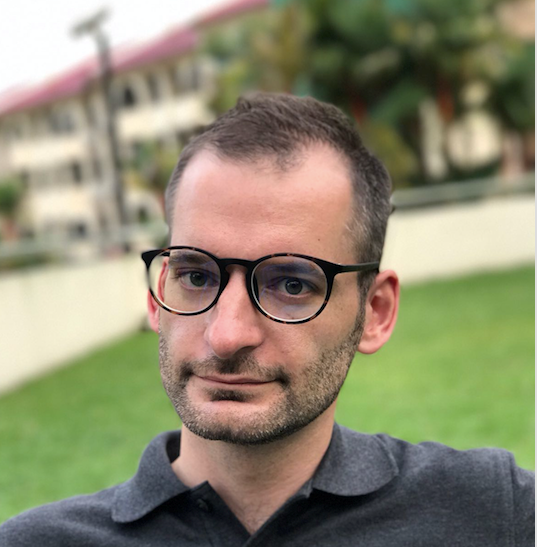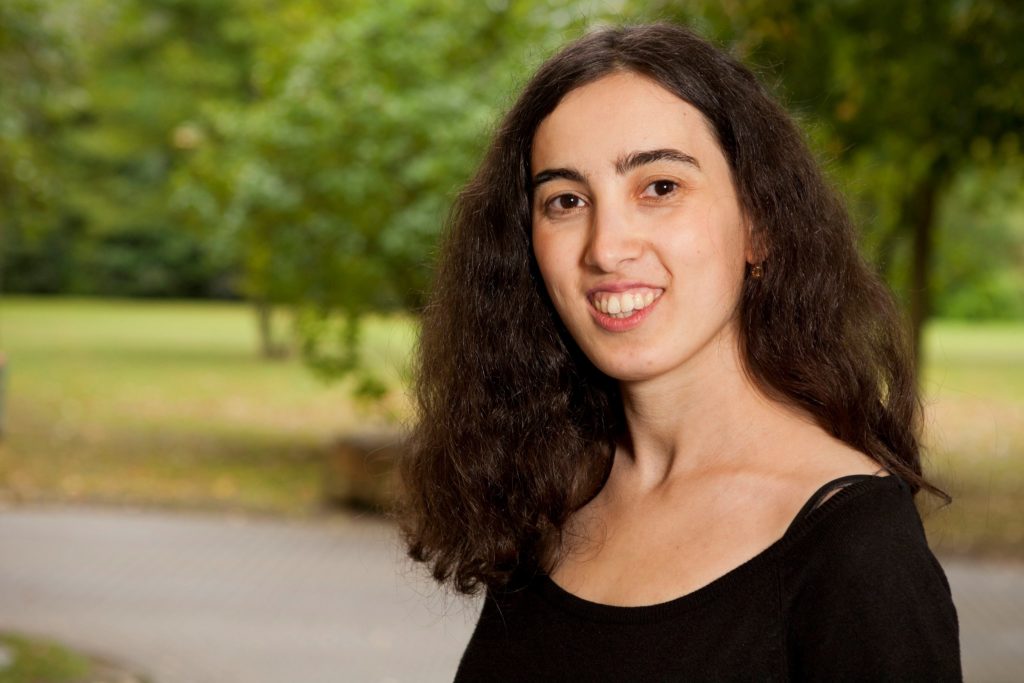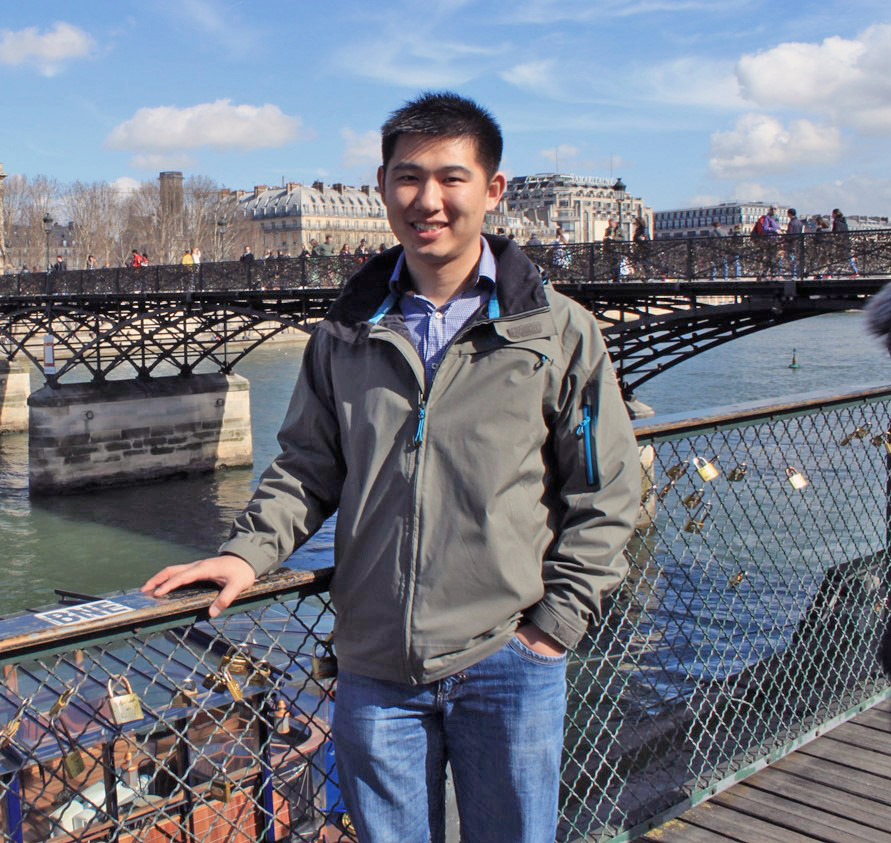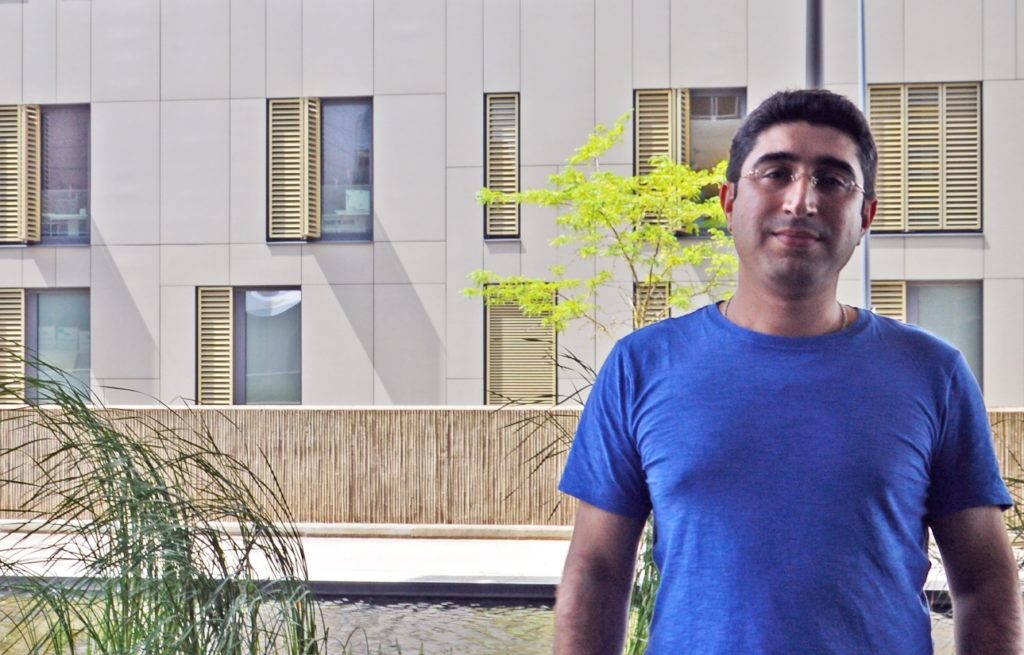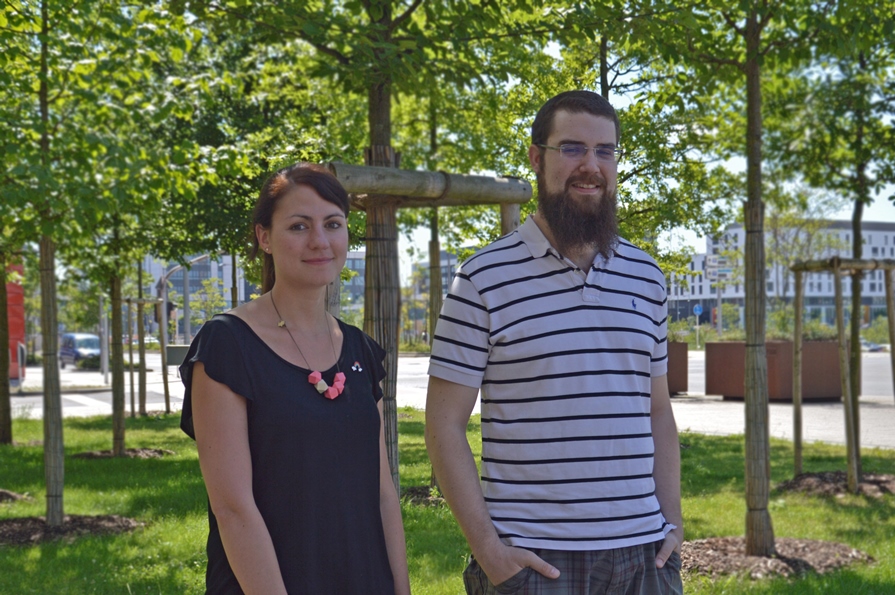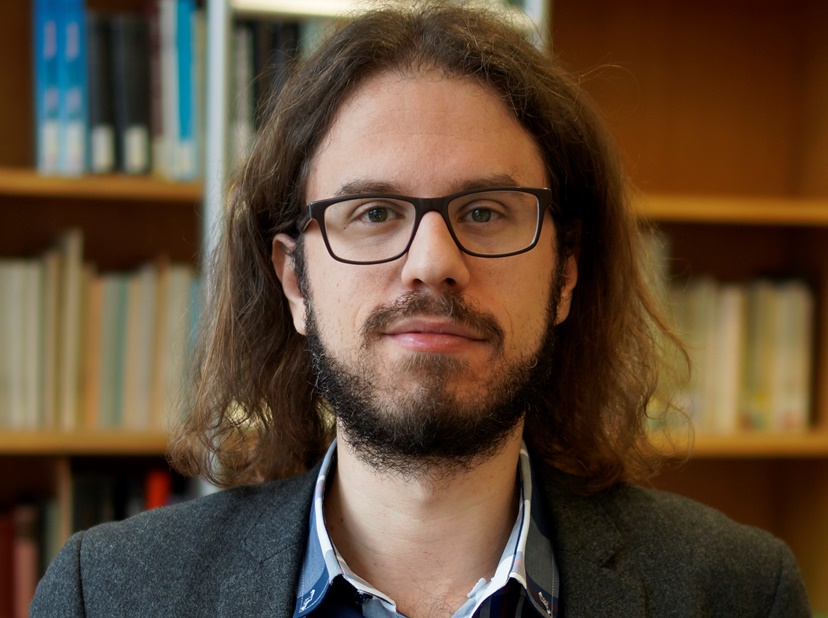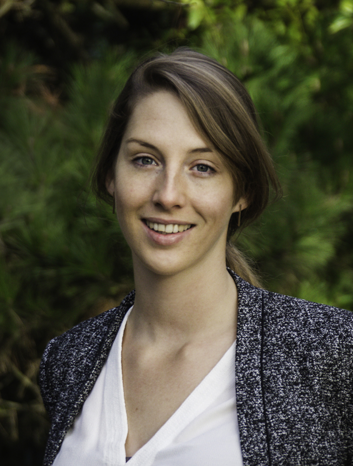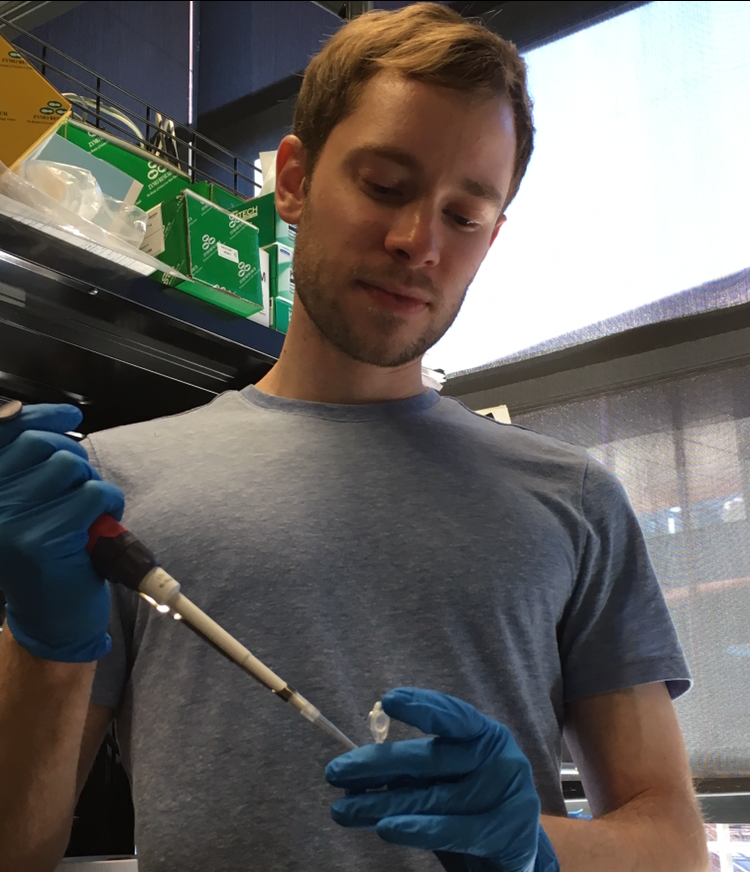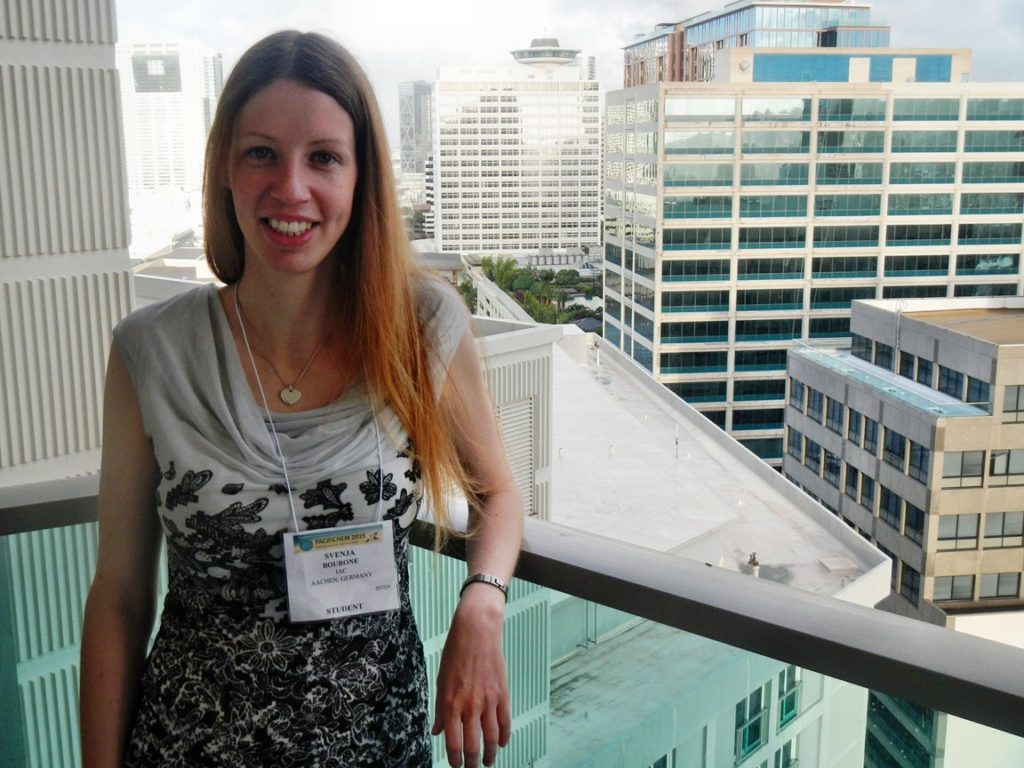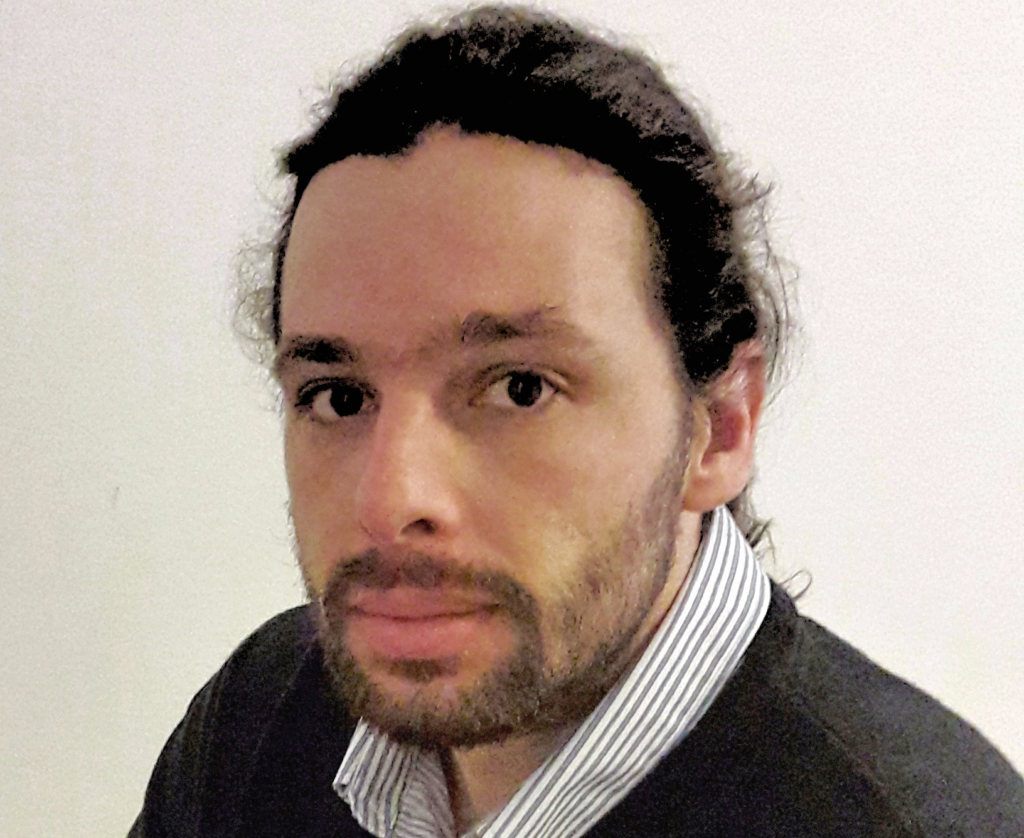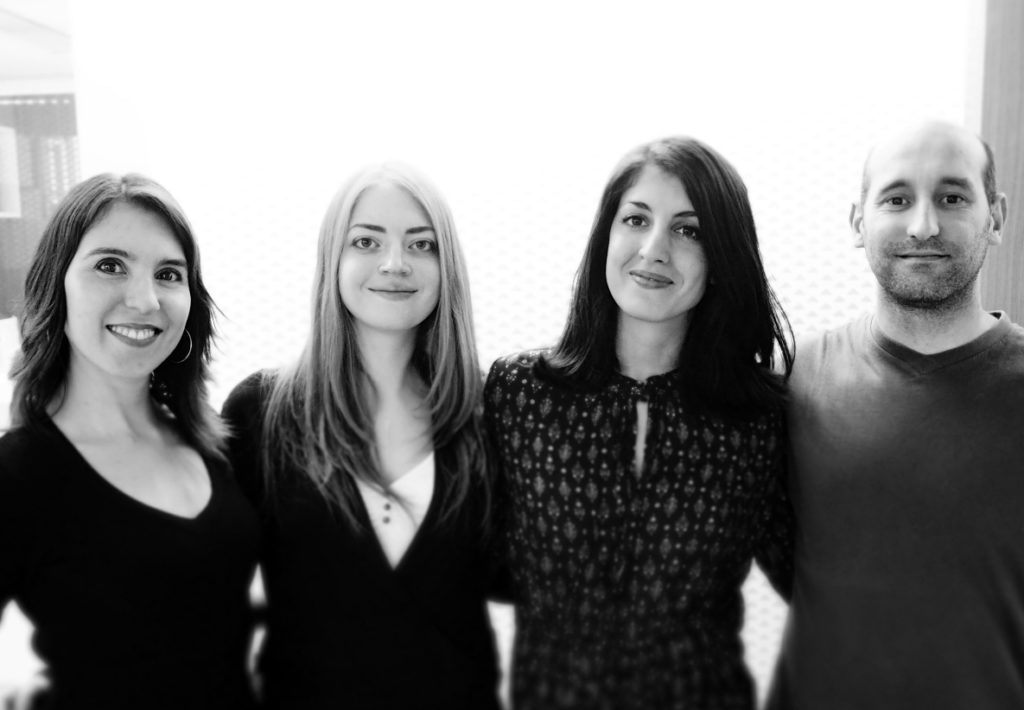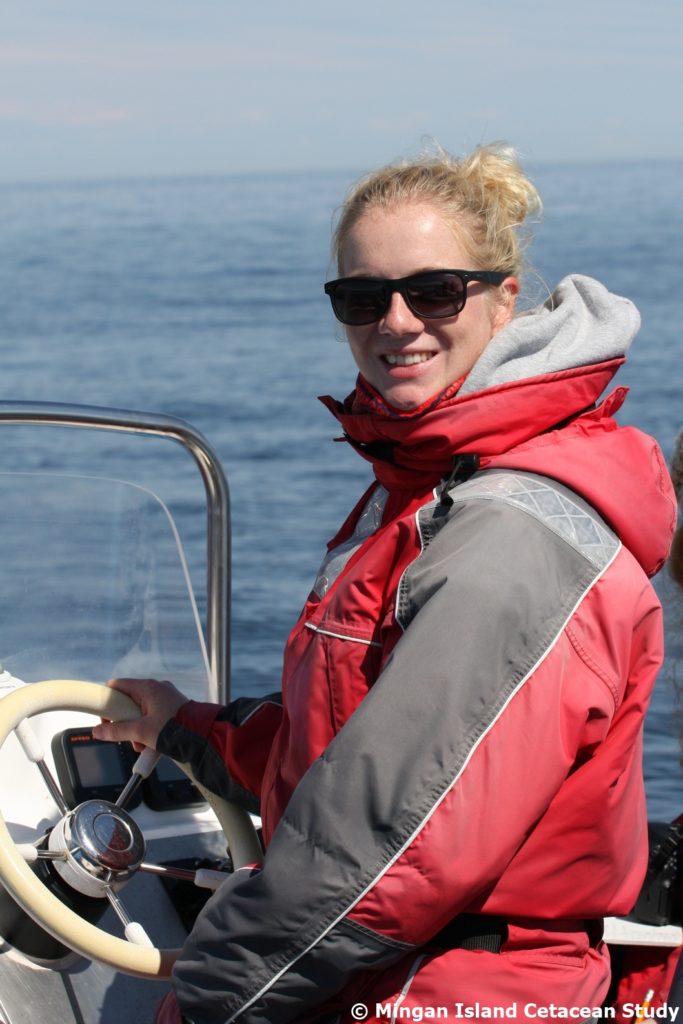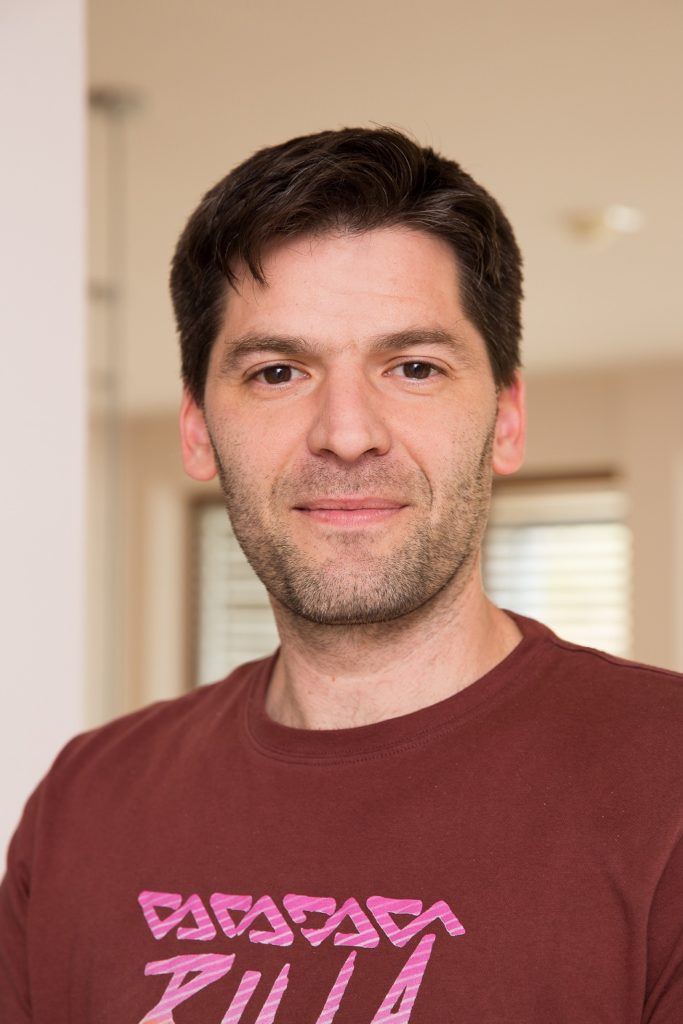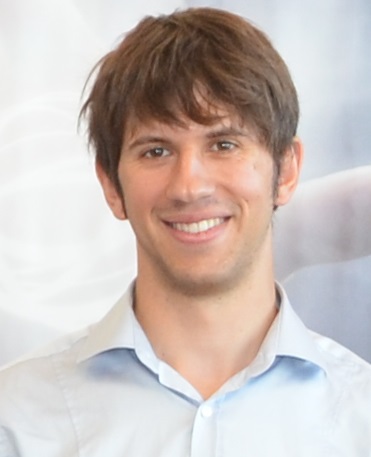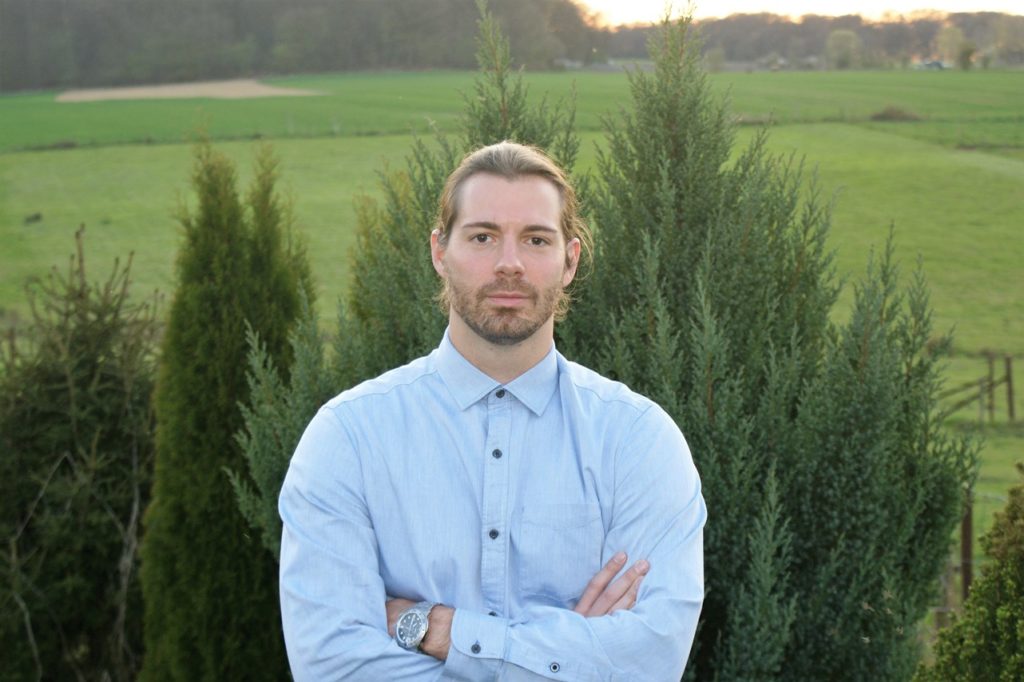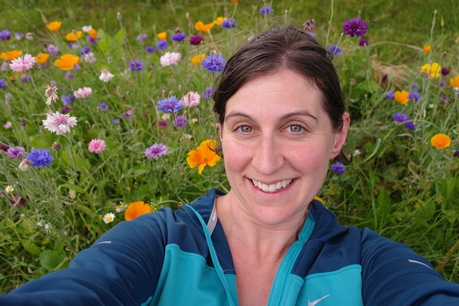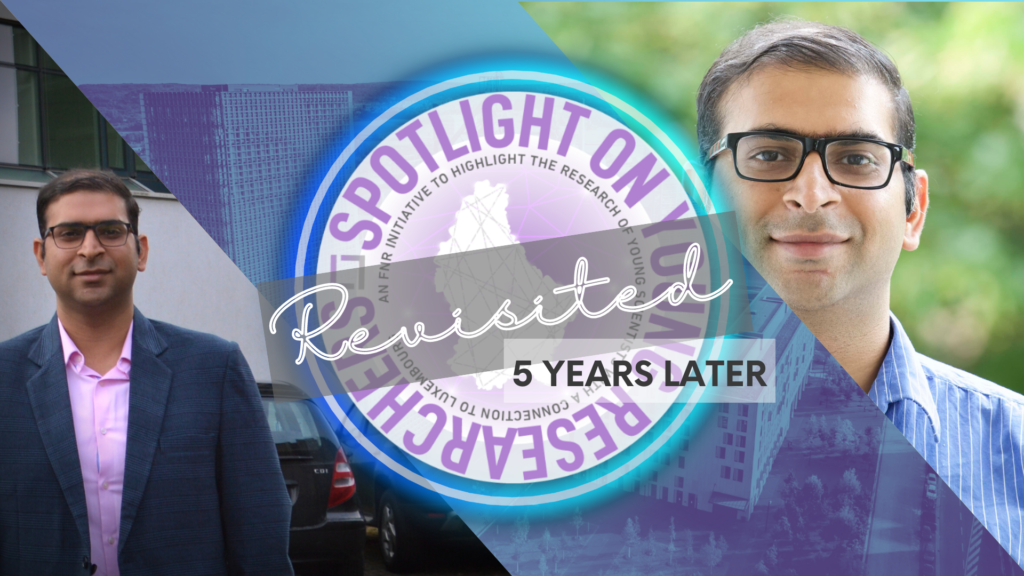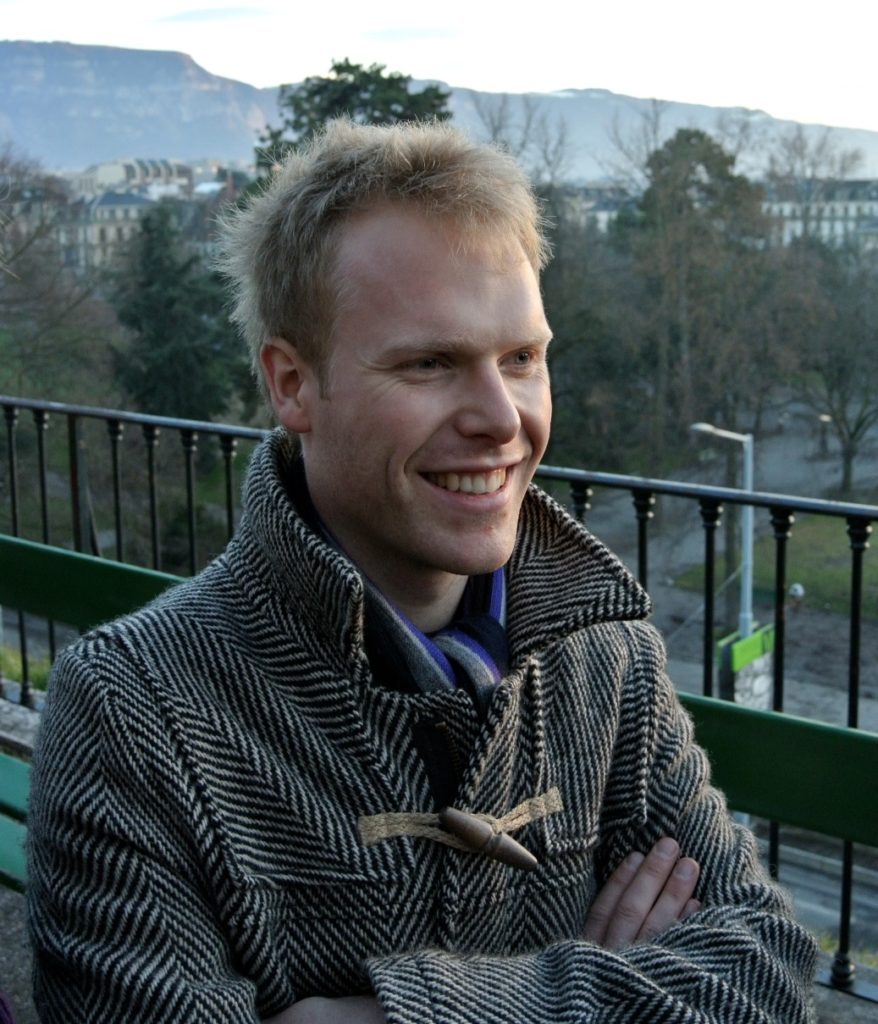Nobody is untouched by environmental chemical pollution, but most are unaware of how they are exposed, what to, and the possible health consequences. With over 350,000 registered chemicals in use, an important first step towards assessing their environmental impacts is to make chemical information more machine-readable and open. Environmental Cheminformatics is on the case.
The term ‘chemical pollution’ is often associated with smokestacks and sewage pipes, but exposure to chemicals can happen in our own homes: house dust, waterproof jackets, and even breast milk are sources of anthropogenic chemicals.
“16% of annual deaths worldwide can be attributed to air, water, and soil pollution alone, not to mention the impacts on wildlife and the environment”, explains PhD researcher Adelene Lai.
Tiny chemical concentrations can now be detected
In the quest to understand what chemical pollutants in our environment can do to our health, science has made important strides already in the last decades: Analytical instruments and techniques can now detect chemical concentrations below parts per billion (ppb) – less than 1 millilitre within an Olympic Swimming Pool.
“Recent boosts in computational power and improved tools have also been essential for analysing large amounts of measured data, which for environmental samples is very important, as there are typically many samples from multiple locations and timepoints, e.g. water samples from multiple sites throughout Luxembourg over multiple months,” environmental cheminformatician Adelene explains.
“Chemical information needs to become open”
With over 350,000 environmental chemicals registered for production and use across the world, there are simply more than researchers can analyse, meaning a computational resources boost is vital.
“We typically measure thousands of signals in a single sample, but understand very few. Our approach to assessing environmental chemicals remains “one-by-one”, though they exist in multitudes as complex mixtures (“soup”) in our environment.”
Scientists know they need to leverage computational resources, software and databases, in order to analyse and understand these thousands of measured chemical signals.
“For this to happen, chemical information needs to become as machine-readable, FAIR (findable, accessible, interoperable, reusable), and Open as possible.”
Making use of data to identify [unknown] chemicals in water
This is where Adelene’s research is applied: The cheminformatician develops workflows, algorithms, and software to help identify environmental chemicals:
“Environmental Chemistry is approaching its own Big Data phase, and we need to do things in increasingly automated and ‘smart’ ways. For example, we developed a highly automated workflow to help the Swiss authorities identify unknown chemicals in wastewater coming from industrial sources using Open tools and databases.”
More recently, the scientist teamed up with the Luxembourgish Water Management Agency to help identify pharmaceuticals and pesticides in local surface water, where Adelene focussed on database mining, data curation, and data visualisation.
3rd year PhD candidate Adelene Lai is an environmental cheminformatician – a scientific field blending environmental chemistry with cheminformatics. She is a member of the group of FNR ATTRACT Fellow Associate Prof Emma Schymanski. Adelene has been selected to attend the prestigious 2021 interdisciplinary Lindau Nobel Laureate Meeting in June 2021.
MORE ABOUT ADELENE LAI
On her experiences attending the Lindau 2021 Nobel Laureate Meeting
“It was a really unique opportunity to meet Nobel Laureates and fellow young scientists from all over the world working in varied fields, from animal biology to mechanics to medicine. Attending the talks made me realise the positive impacts science has had on society, not just as an intellectual endeavour and in an effort to better understand the world around us, but also in our everyday lives. My favourite talk was ‘Animal Beauty’, and it put into context how simple observations about nature can underpin a whole area of research. For me, the Lindau meeting bridged past, present and future scientists; I agree with one of the moderators who said it is like ‘a start-up lab’ for young scientists. Thank you FNR, I am so grateful for this opportunity to represent Luxembourg at such a special event!”
On what drives her as a scientist
“I believe science allows me to test – and stretch – the limits of my intellectual potential. The Schymanski group at LCSB is unique in its interdisciplinarity, and I can indulge my ‘nerd’ side, coding, while working on topics of environmental relevance. Environmental justice motivates me to work in this field.”
On choosing Luxembourg as a research destination
“Three main reasons: the Schymanski group at LCSB is visionary, unique, and interdisciplinary in its approach to identifying environmental chemical pollutants; Luxembourg has a strong emphasis on Open Science, specifically at the LCSB through Responsible and Reproducible Research (R3); and the research culture in Luxembourg is very dynamic and open to new ideas.”
On milestones in her research
“Working with the Swiss and Luxembourgish authorities on water monitoring has been eye-opening – learning about the distinct practical challenges they face and their needs has helped inform how I design and present my research. Doing research for research’s sake is very different from translating it to practical outcomes for regulators.”
On encountering the unexpected
“A welcome surprise: we were contacted by other regulators who happen to also be studying the same unknown chemical pollutant we had tentatively identified in our published work. Our past efforts appear highly environmentally relevant, and it seems that collaboration will be essential for tackling such challenging environmental unknowns.”
On receiving support and guidance
“My supervisors, Emma Schymanski and Christoph Steinbeck, provide the most intellectual guidance and support. Besides postdocs who also provide mentorship and team members in Luxembourg and Jena, LCSB’s R3 has been fundamental in supporting our Open Science efforts. We continue to actively collaborate with local and international regulators and scientists.”
On her research, peer to peer
“I think our field of environmental chemistry is following a similar trajectory as the developments happening in metabolomics and to some extent proteomics, which is no surprise as we use similar methods. I hope we will reach a certain critical point where sharing environmental (mass spectral) data through Open repositories will become the norm, which will open up new avenues for Environmental Data Science and Machine Learning towards better identification of environmental chemical pollutants.”

Adelene also maintains a blog where she writes about open science and shares cheminformatics and coding tips: https://adelenel.ai


RELATED FUNDING
MORE ON THIS RESEARCH TOPIC
About Spotlight on Young Researchers
Spotlight on Young Researchers is an FNR initiative to highlight early career researchers across the world who have a connection to Luxembourg, with nearly 100 features published since 2016.
More in the series SPOTLIGHT ON YOUNG RESEARCHERS
- All
- Cancer research
- Environmental & Earth Sciences
- Humanities & Social Sciences
- Information & Communication Technologies
- Law, Economics & Finance
- Life Sciences, Biology & Medicine
- Materials, Physics & Engineering
- Mathematics
- Research meets industry
- Sustainable resource mgmt
- Women in science


